Description
Built with Tokyo Wagakki’s highest standards, this beautiful instrument brings several unique qualities to the type of shamisen commonly considered Tsugaru Shamisen!
Aesthetics
Akamatsu is Japanese Red Pine. This type of pine is many times harder than Eastern White Pine, and is traditionally used in the construction of temples and bridges in Japan. Aesthetically speaking, it is a quality I find very special about this shamisen. Shamisen are typically made from Karin/Shitan/Kouki, and while I’m sure these woods are used in the construction of other woodworks in Japan, I don’t think they’re as directly connected with the broader Japanese cultural elements as Akamatsu is. Obviously the shamisen itself is connected to Japanese culture, and so being built from a material used for other huge elements of Japanese culture, the Matsu Shamisen has a multi-faceted aspect which I find very pleasing. Furthermore, its ribbon-like pattern looks absolutely gorgeous!
Weight
Being softer than the classic shamisen materials (Karin, Shitan, Kouki), Akamatsu is considerably lighter. In order to keep the weight of the dou and sao/tenjin properly balanced, the Tokyo Wagakki craftsmen carve more wood out of the dou’s cavity. This reduces the weight of the dou to balance with the sao/tenjin.
Lighter weight futozao (thick necks) are great for newcomers to the larger size necks. Often people are inspired to learn shamisen after experiencing the energetic tsugaru style, and some will acquire a Kouki futozao shamisen as their first instrument because it’s commonly marketed as “best” shamisen for tsugaru style. What many don’t realize is just how heavy Kouki is! Until one builds enough strength in their arms and becomes accustomed to the weight, struggling with the heavy neck can make the shamisen experience much less enjoyable. With the lighter weight of Akamatsu, players can enjoy the full futozao experience without sore arms!
Tone
A shamisen’s tone can vary depending on the material the sao is made from. For example, the tone of Karin tends to be warm due to having a medium hardness (Janka Rating: between 1,700 and 2,000 depending on the grade), whereas Kouki’s tone is almost metallic due to being a very, very dense hardwood (Janka rating: 2,940). Both are equally good, it just depends on user’s taste. Furthermore, the tone can be adjusted by laminating different materials. Another example, a sao made with a Karin base laminated with a Shitan or Kouki fingerboard (like the Eclipse or Akatsuki shamisen) tend to have a very balanced tone – The Karin base provides warmth and the Shitan/Kouki fingerboard brings sharp clarity.
The Matsu Shamisen is made from Akamatsu and laminated with a hard Shitan fingerboard. This combination results in a balanced yet unique tone. Because Akamatsu is so light, the tonal quality is very warm, delicate, and woody. As mentioned above, the hard Shitan fingerboard provides the Matsu with clarity, but Akamatsu sets the beautifully soft tone.
Because the internal cavity of the dou is deeper, the Matsu Shamisen is even louder than average shamisen, especially when skinned with synthetic skin like Hibiki. It’s so loud, I would recommend choosing natural skin as it tends to be quieter than synthetics. (Synthetic skin is fine, but you might want to wear ear protection!)
Finishing
Hardwoods like Shitan and Kouki (both which have a Janka rating of over 2400) are so hard, minimal oil finishing results in a smooth-as-glass feel. Because Akamatsu wood is softer, achieving a glassy feel requires many coats of lacquer which would result in the finish looking thick like plastic. In order to preserve the natural aesthetic, the Matsu Shamisen is finished very minimally, which means the wood is not glasslike. It’s very smooth but you can still feel the ribboned texture of the wood.
Handle With Care
Although Akamatsu is a very sturdy wood (with a Janka rating of 1630, Akamatsu is harder than Hardrock Maple, which has a Janka rating of 1450), abrasion will be very noticeable due to having a very thin finish. So please be careful not to bump the shamisen against a table or such. :-)
Specifications
- Dou: Karin (High Grade) Size 5 (internal cavity hollowed deeper for reduced weight)
- Sao: Akamatsu (Japanese Red Pine)
Special Feature: Sao topped with solid, high grade Shitan
- Sao Size: Futozao (30mm wide)– Nobezao (one-piece neck)
- Sao Shape: ‘U’ Style
- Tenjin: Akamatsu
- Itomaki: Ebony
- Skin: or
- Hardware: En Sawari, Rindo, Zagane, and Kamigoma
- Accessories not included

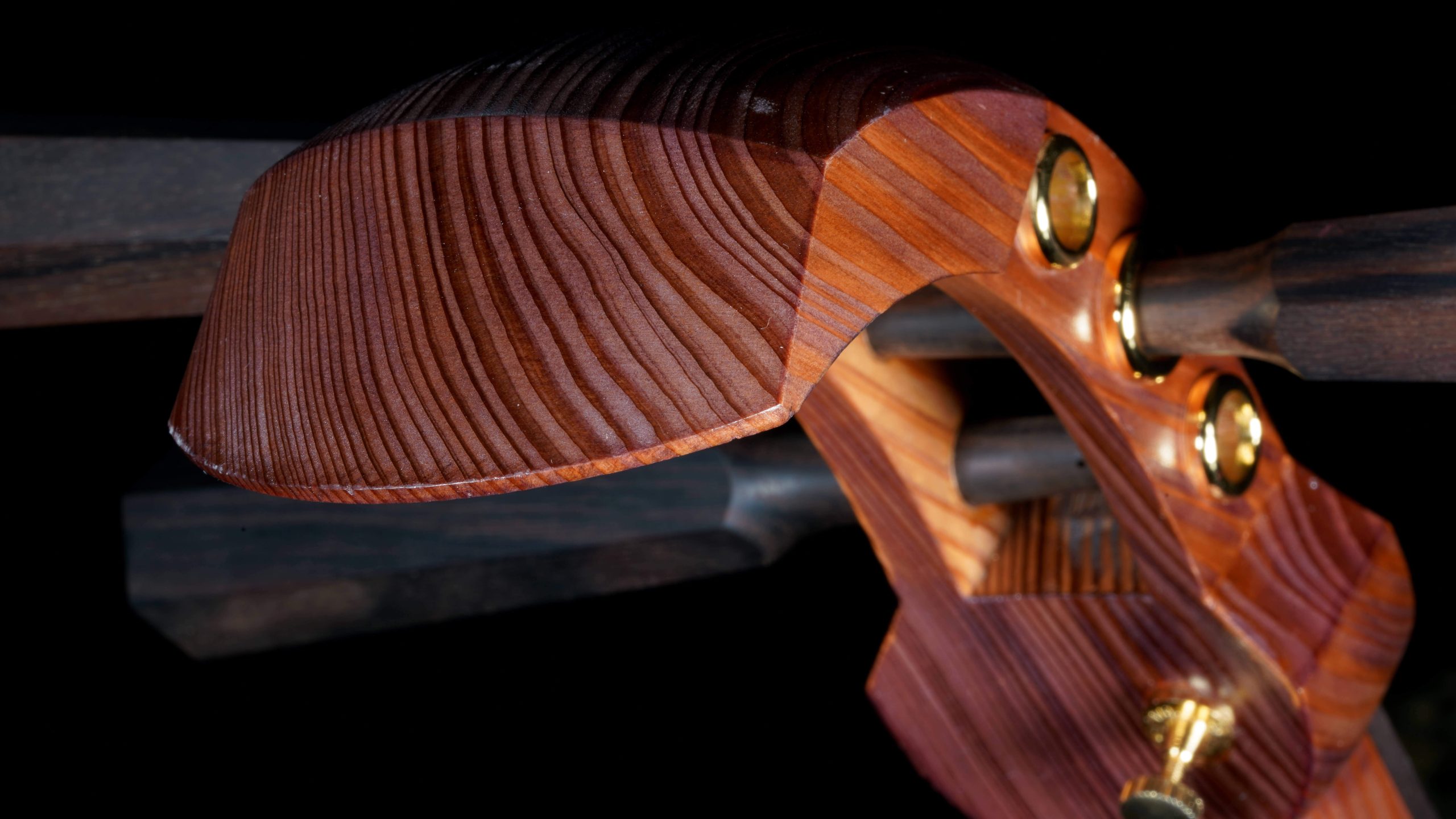
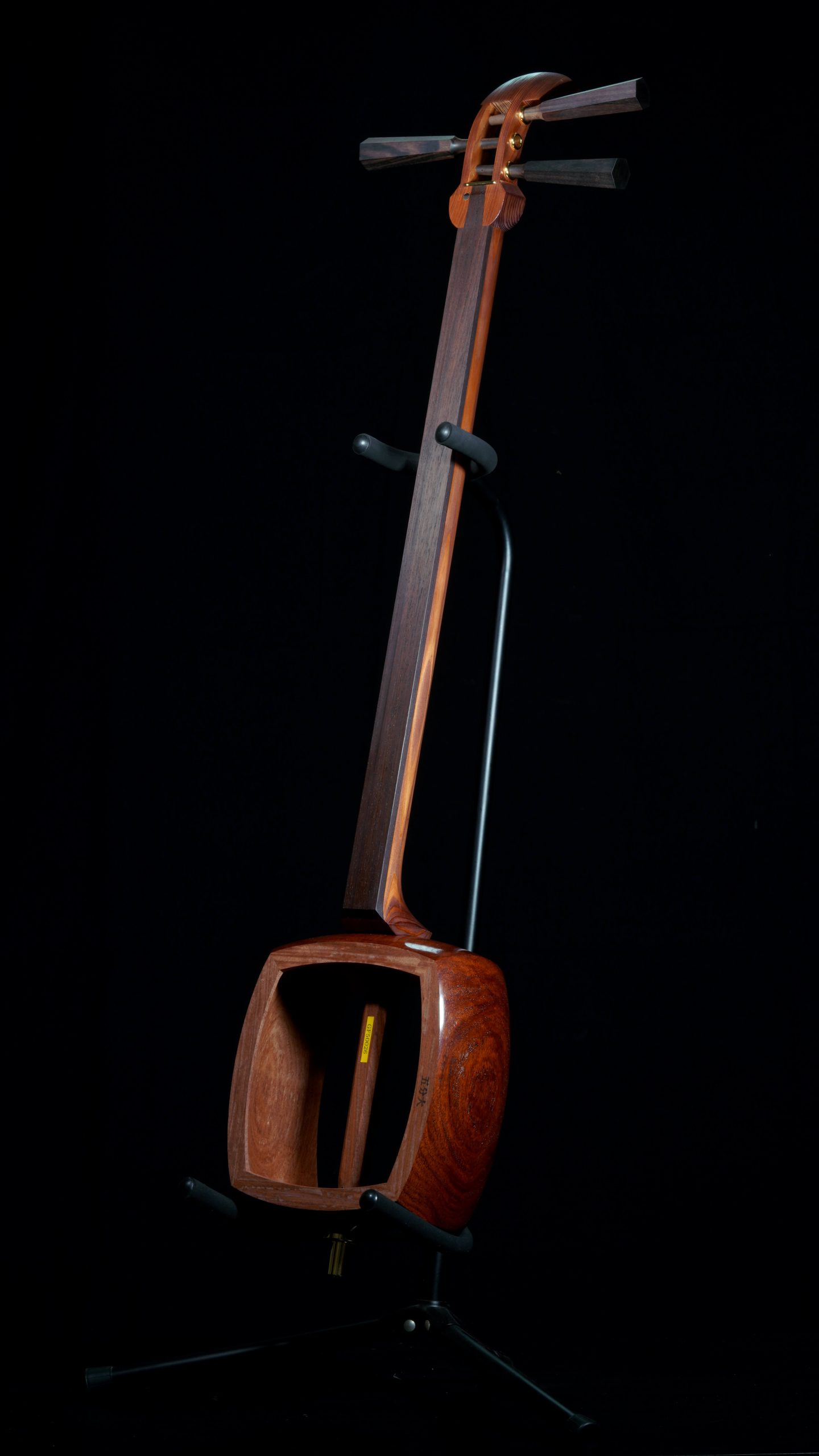
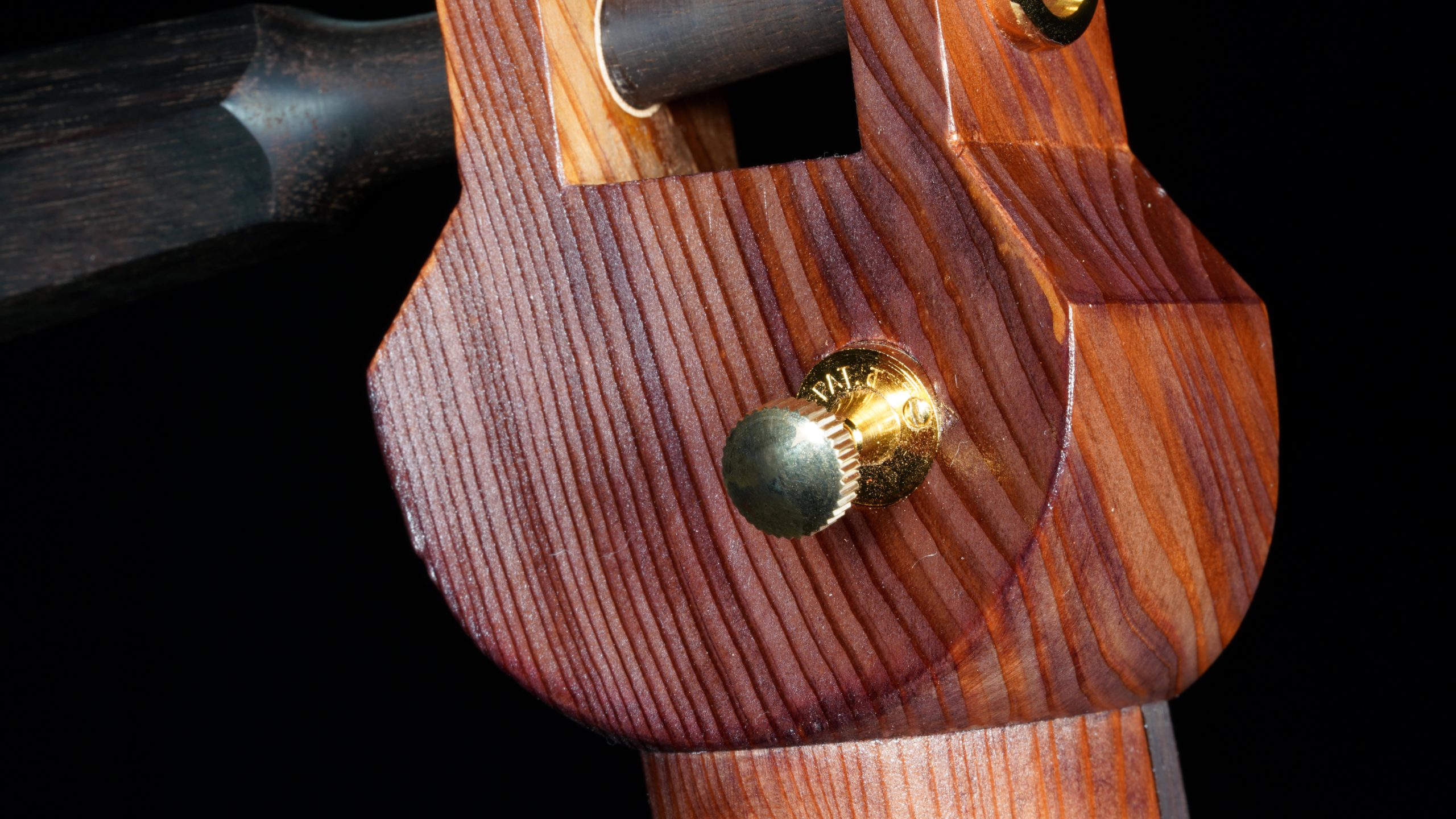
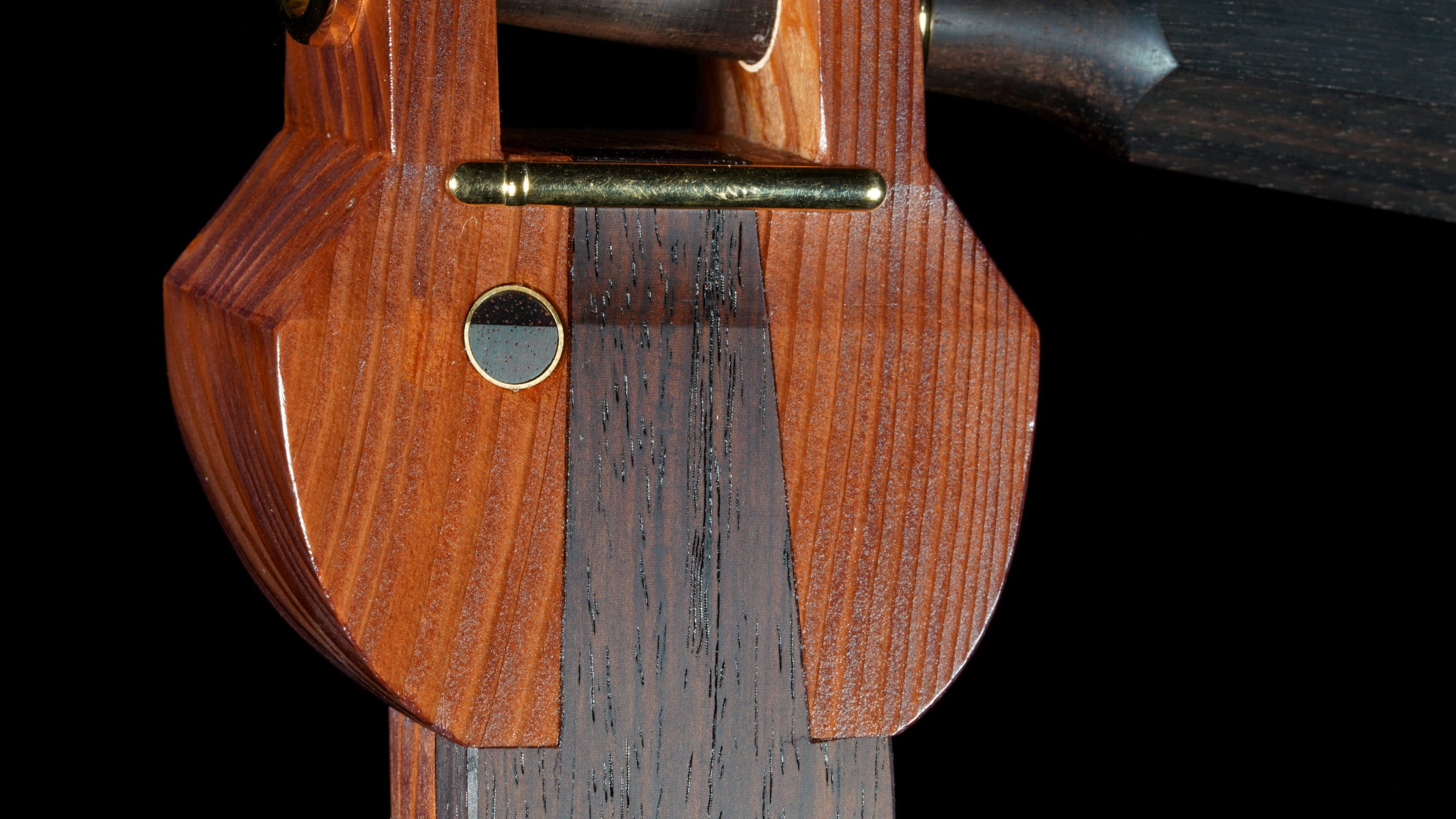
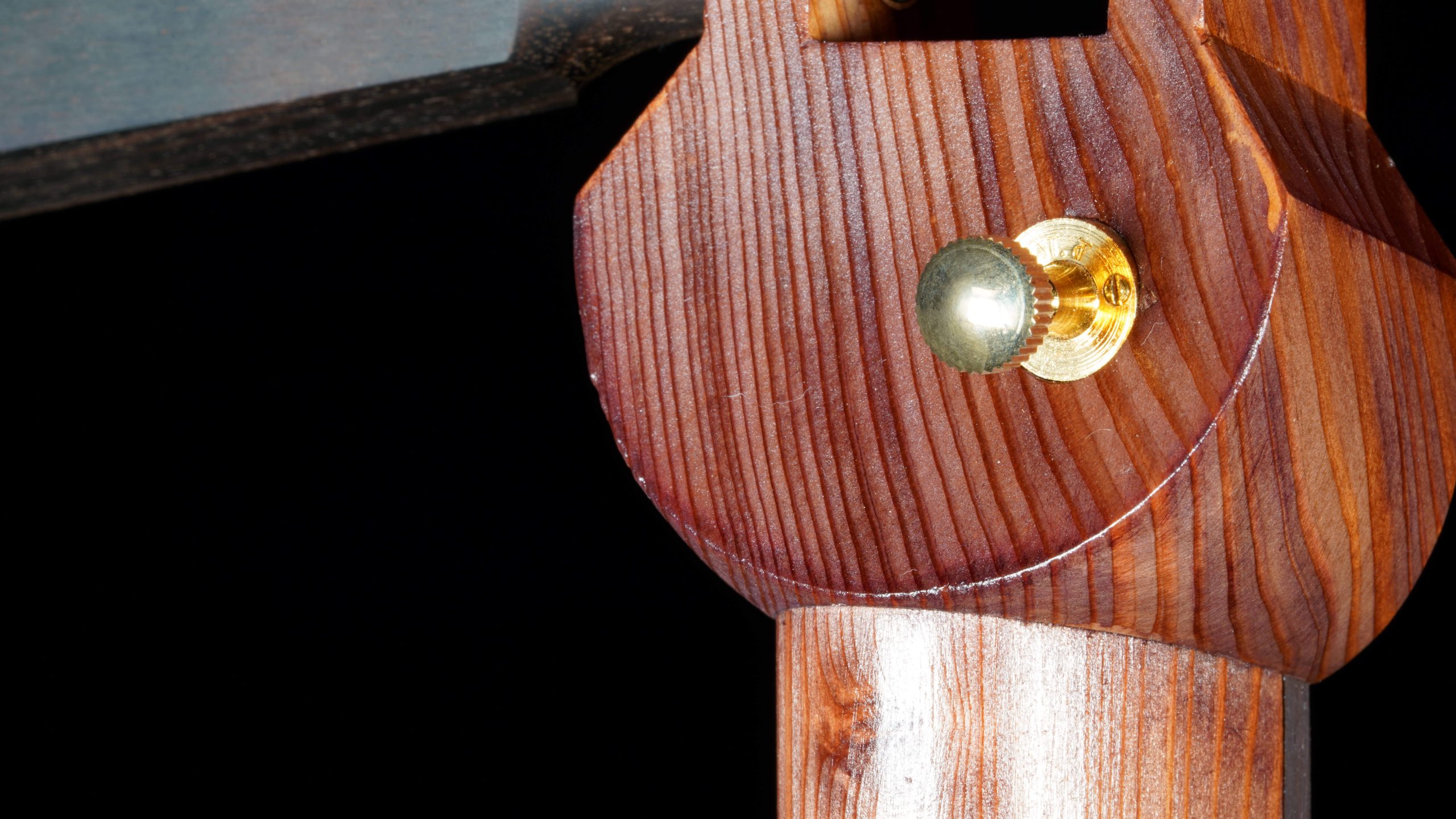
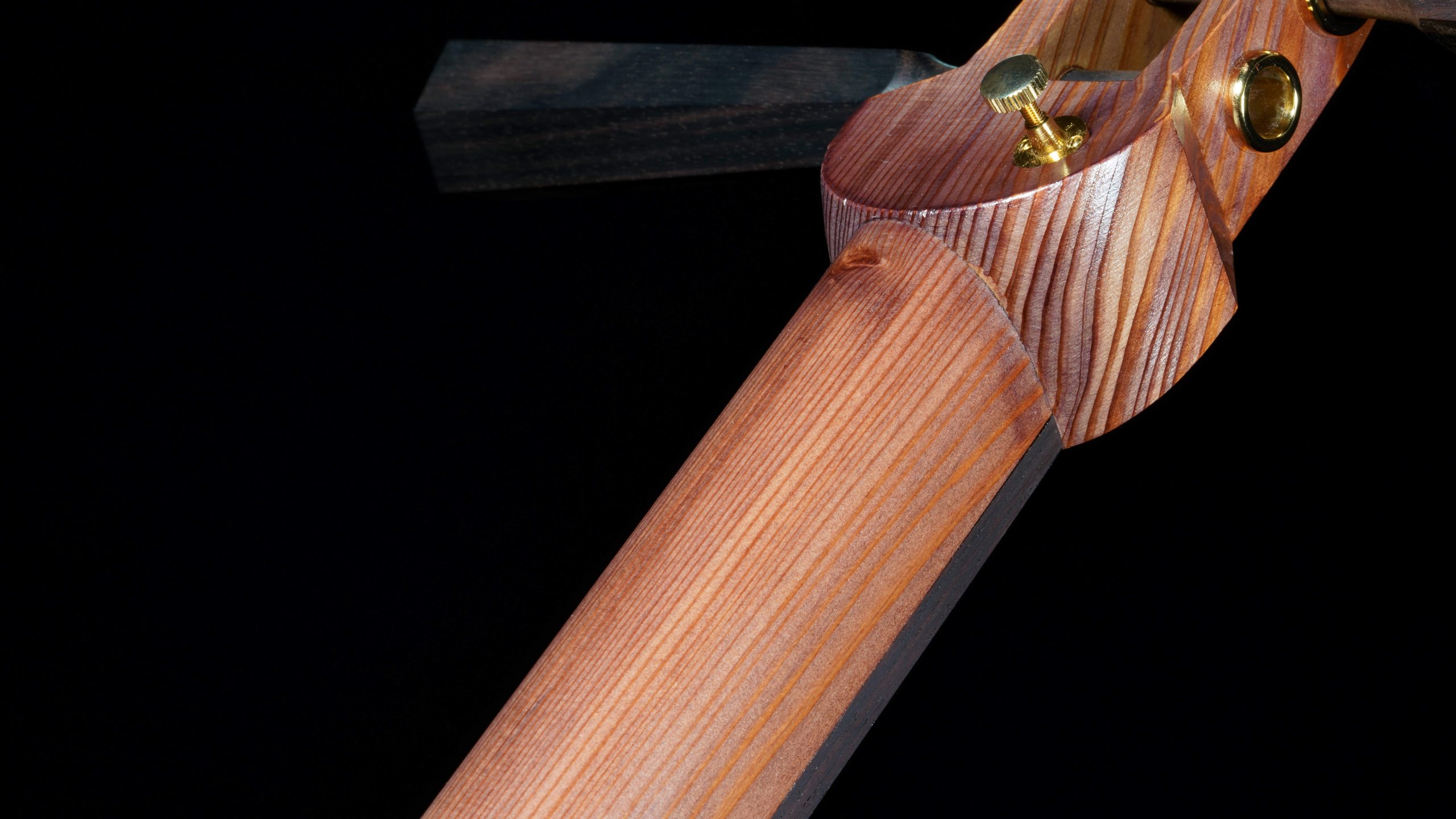
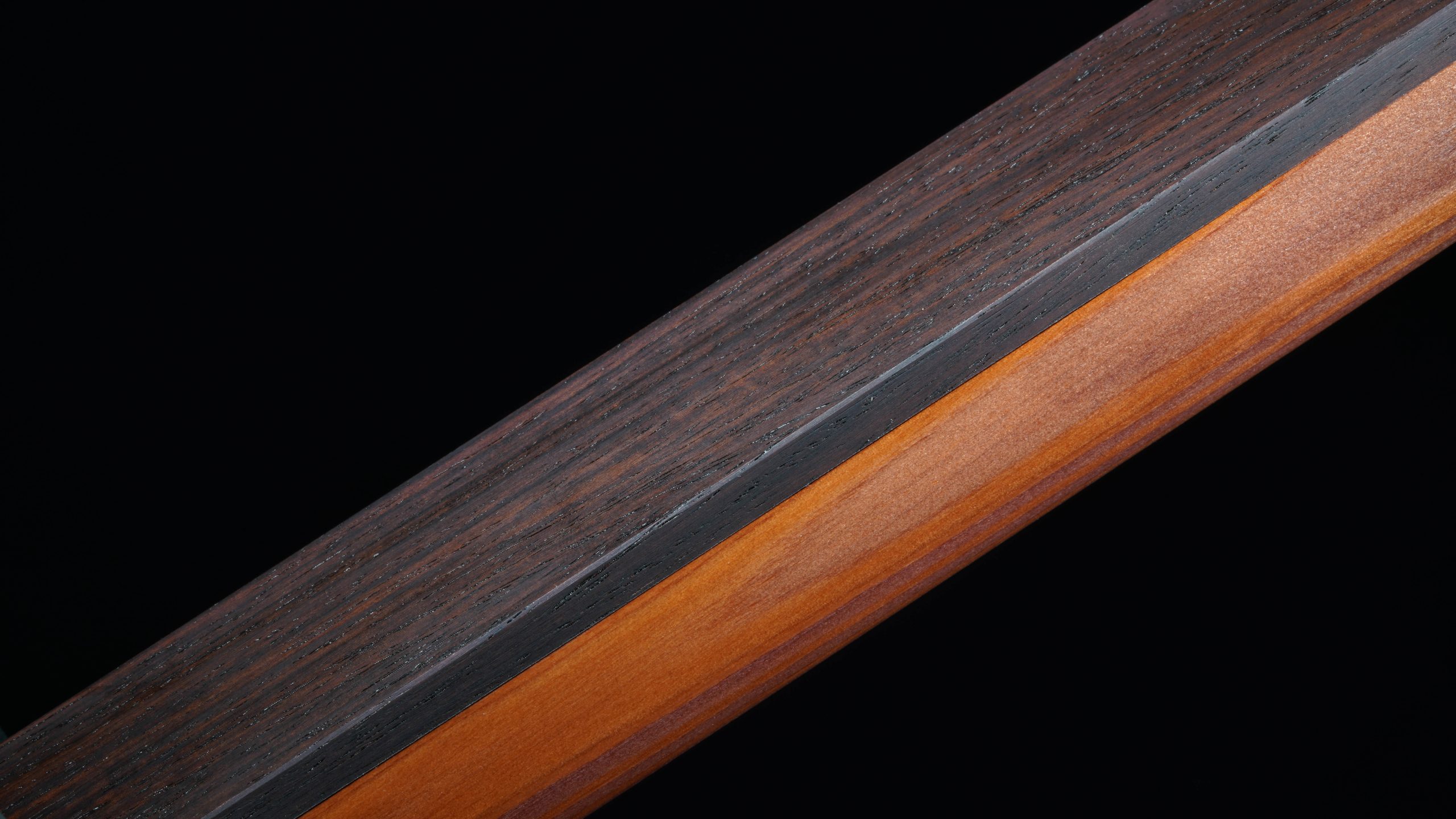
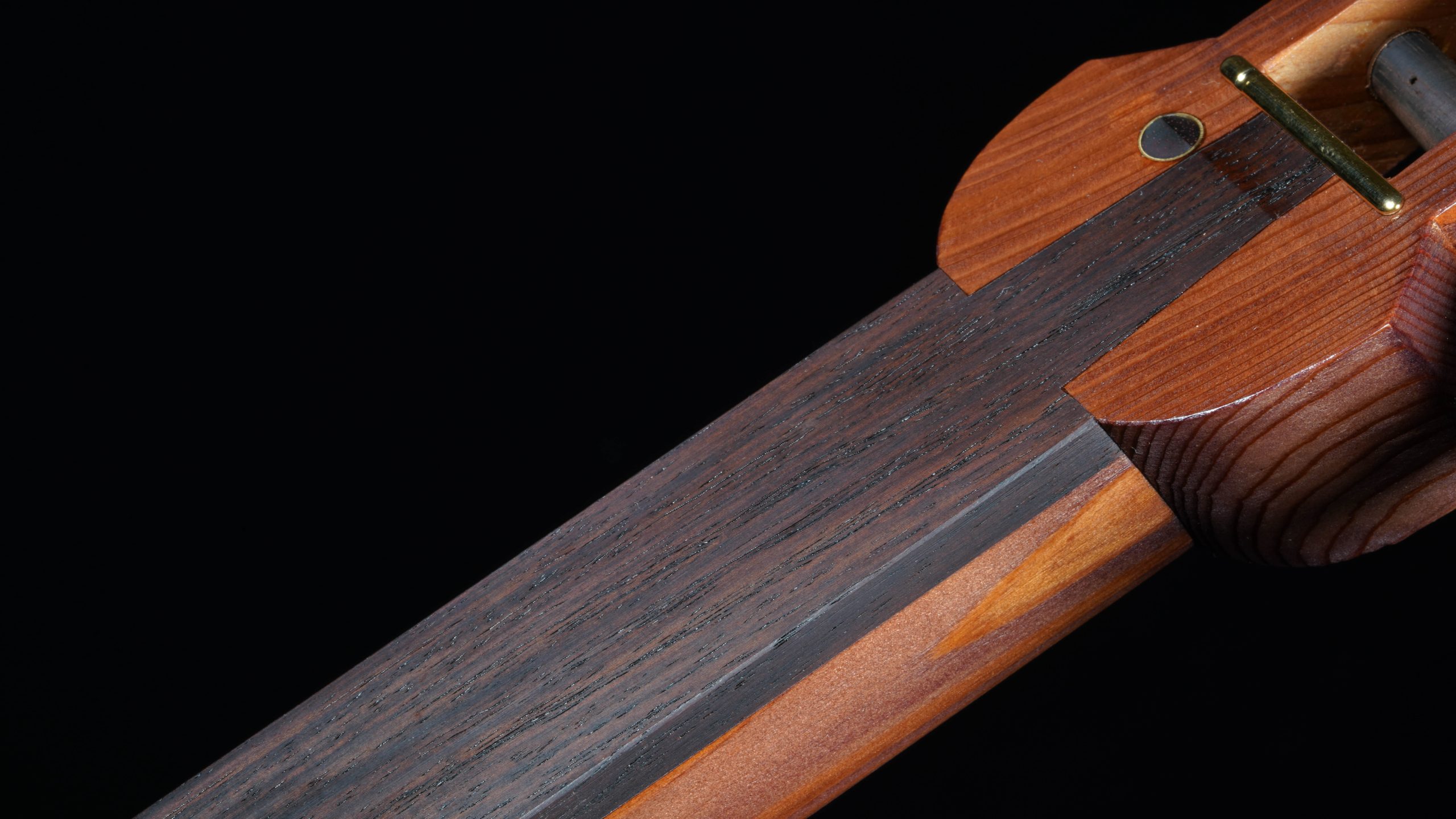
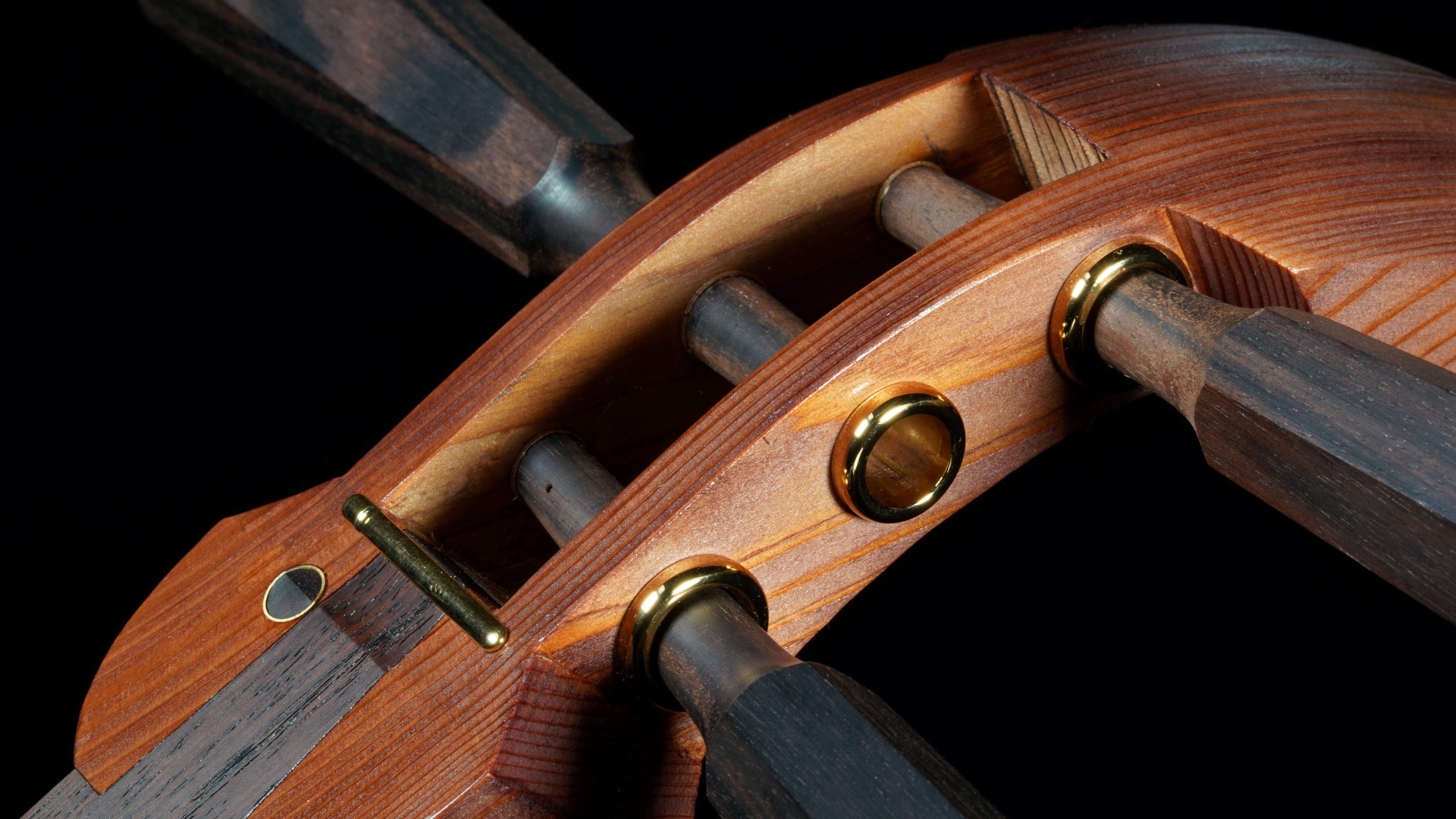
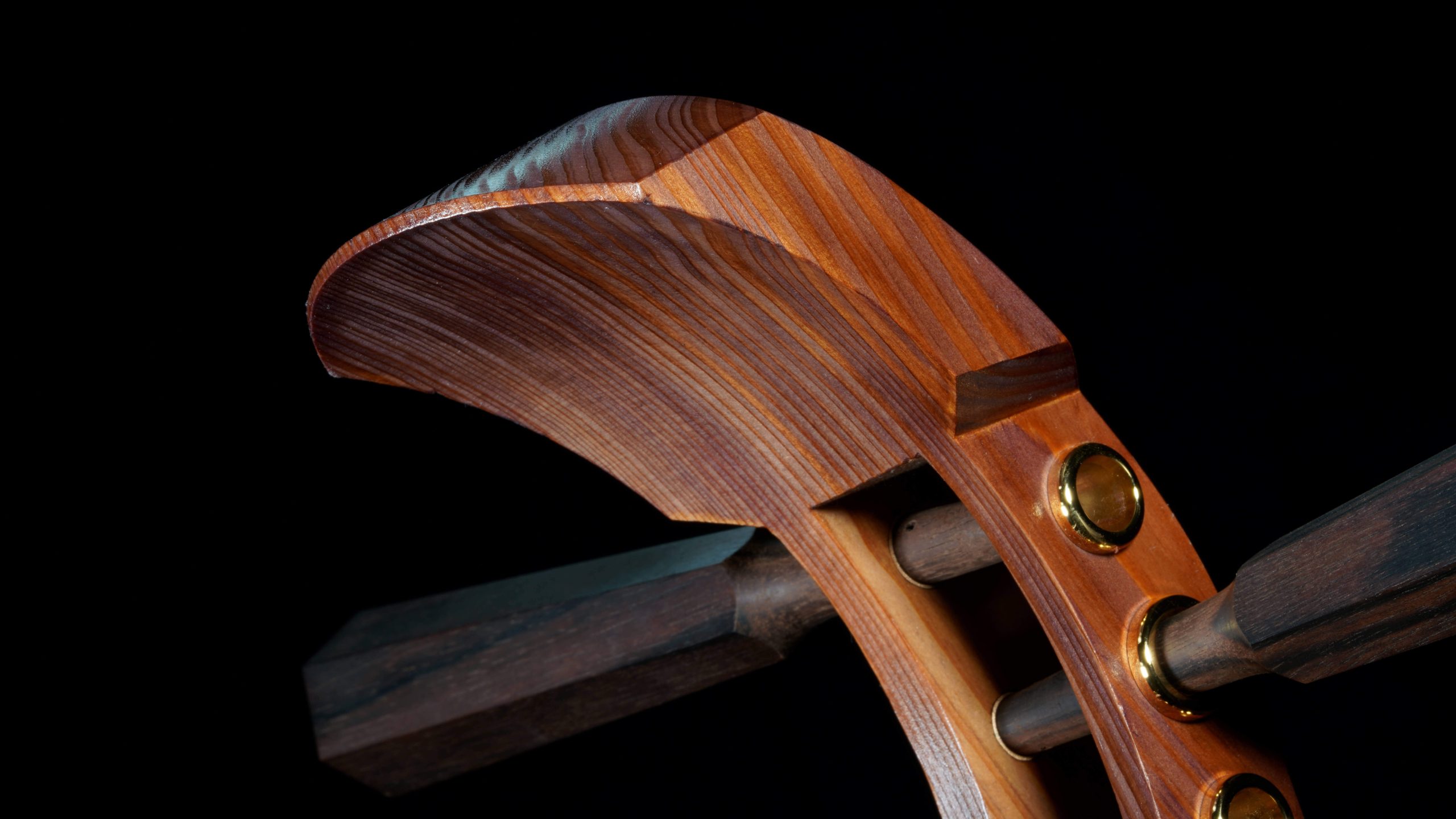
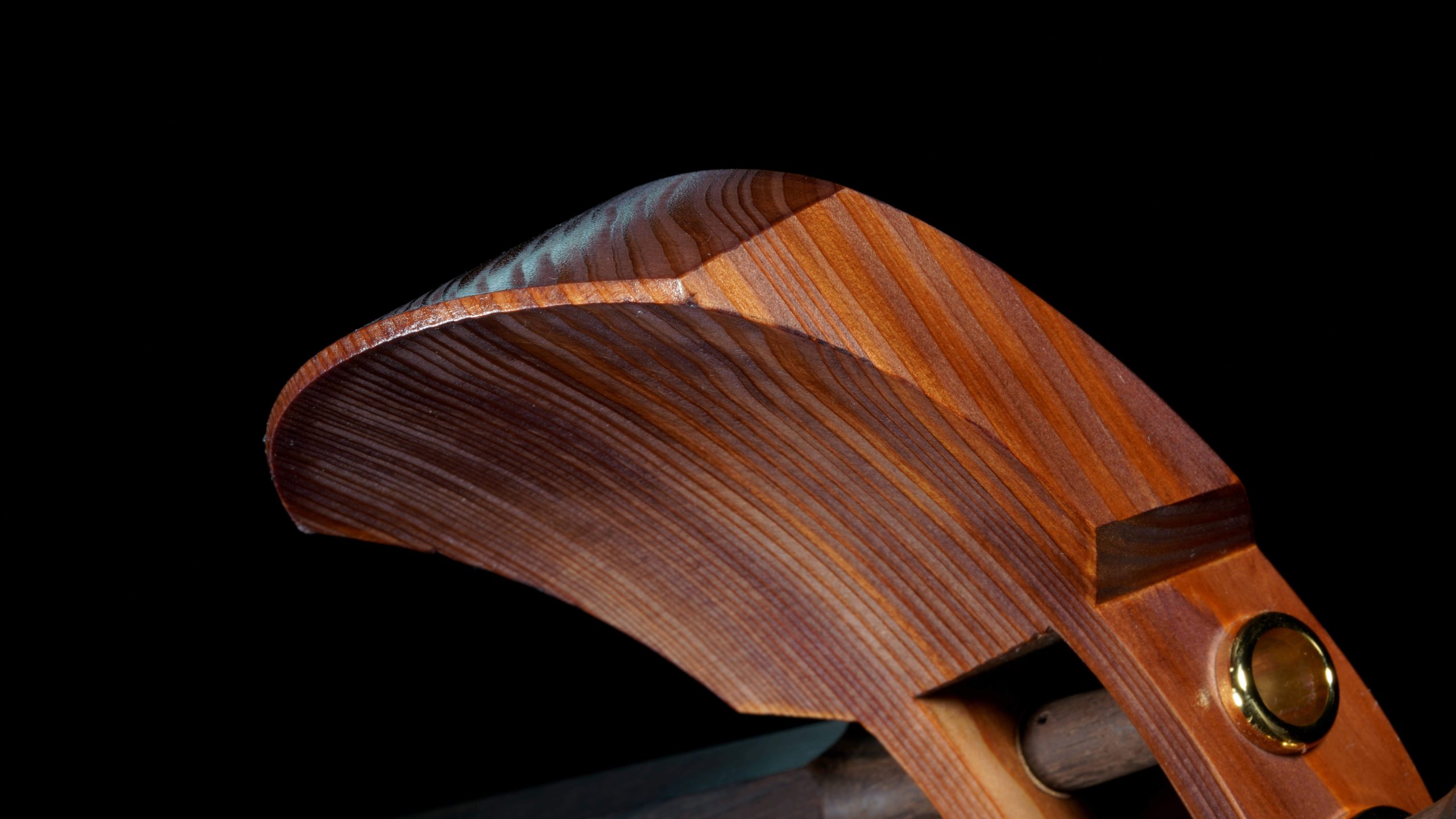
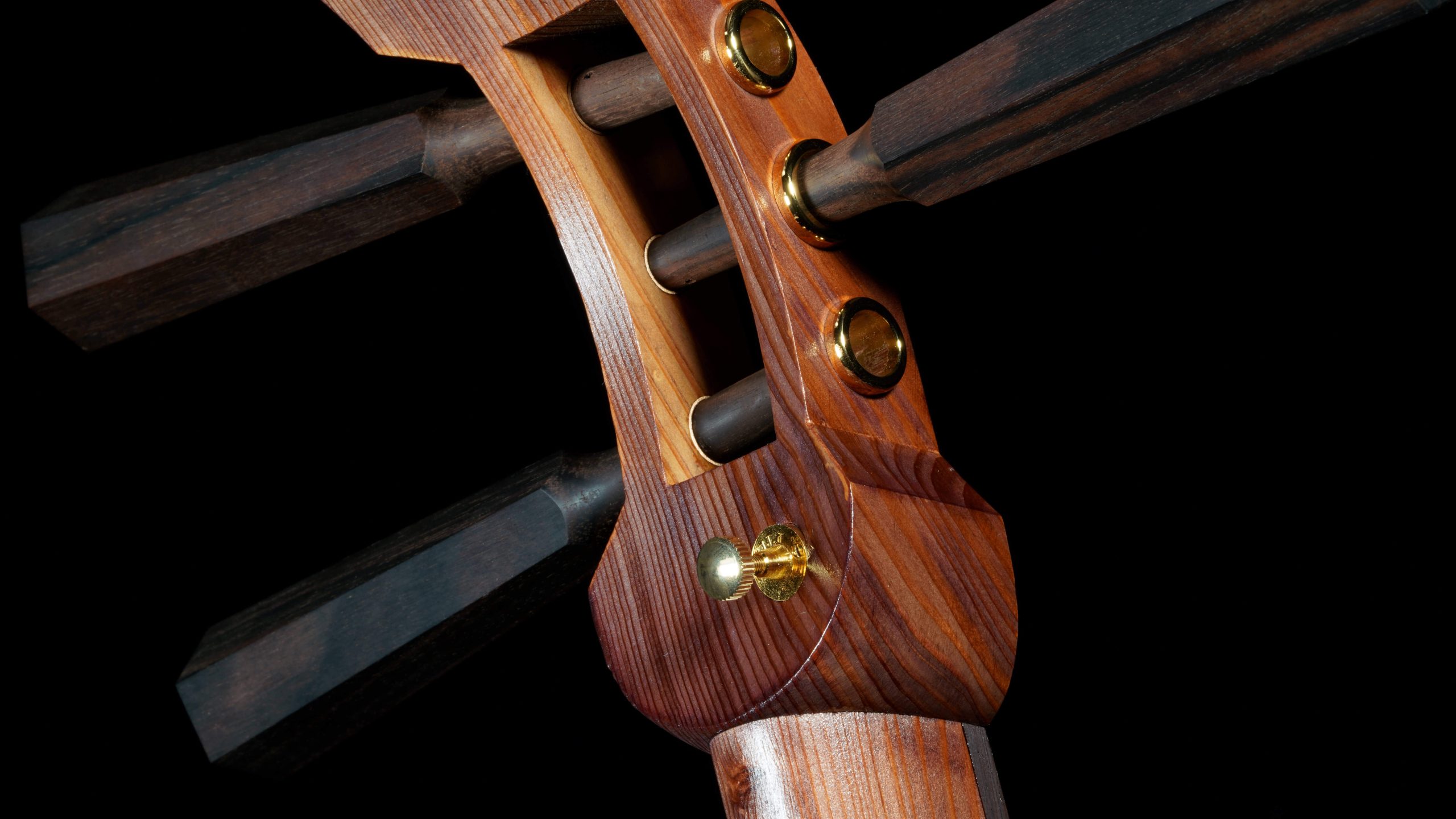
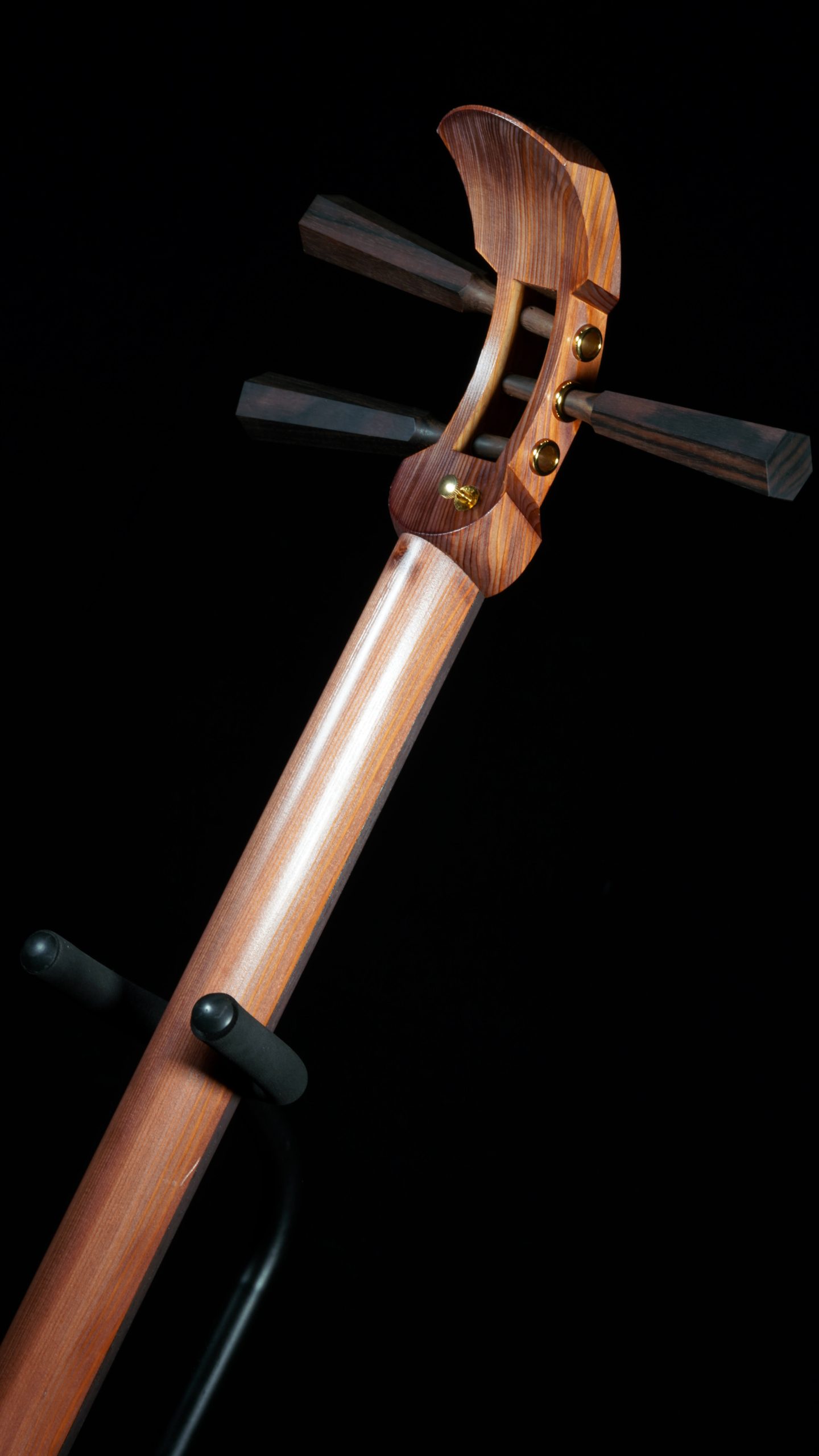
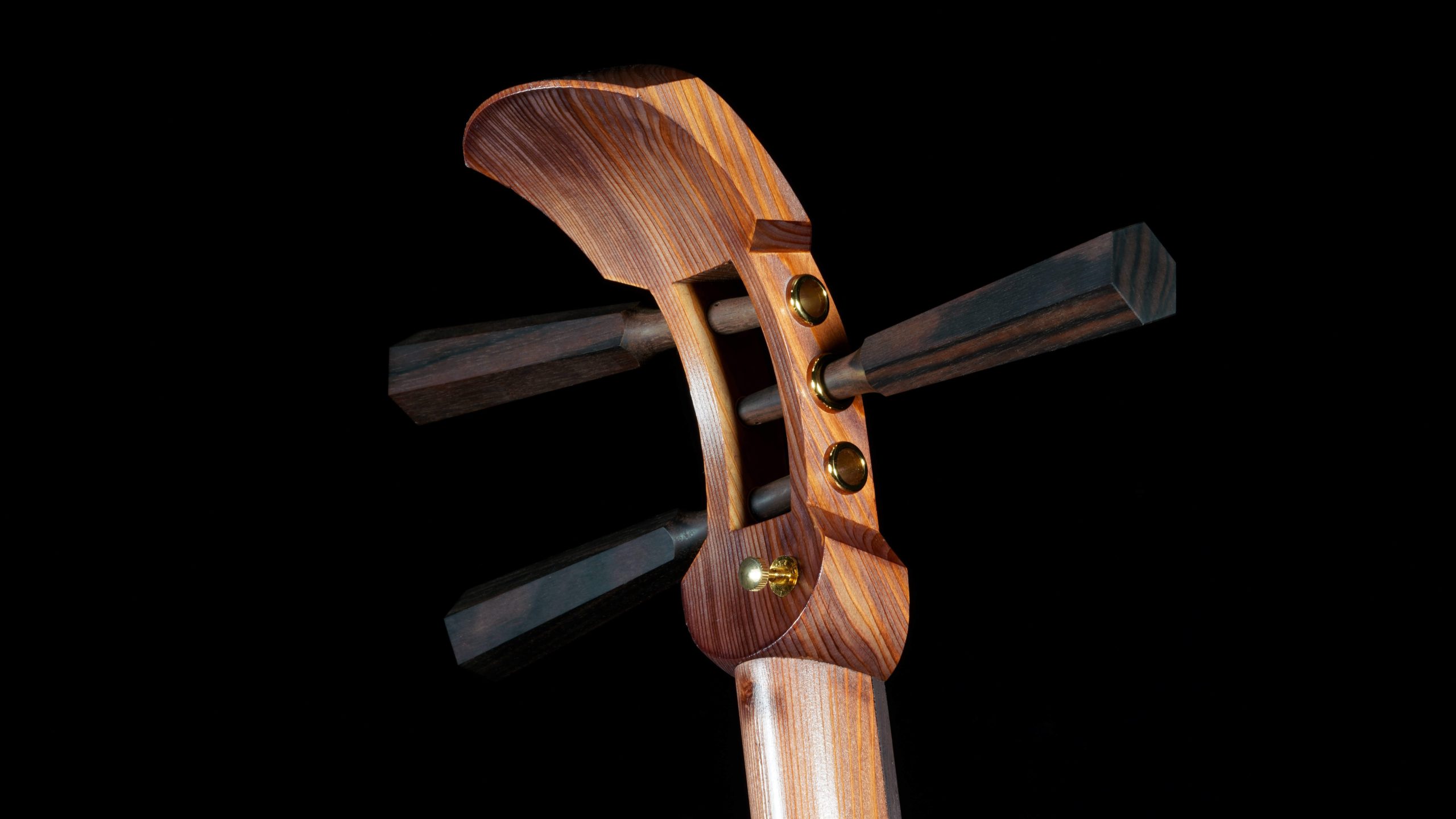
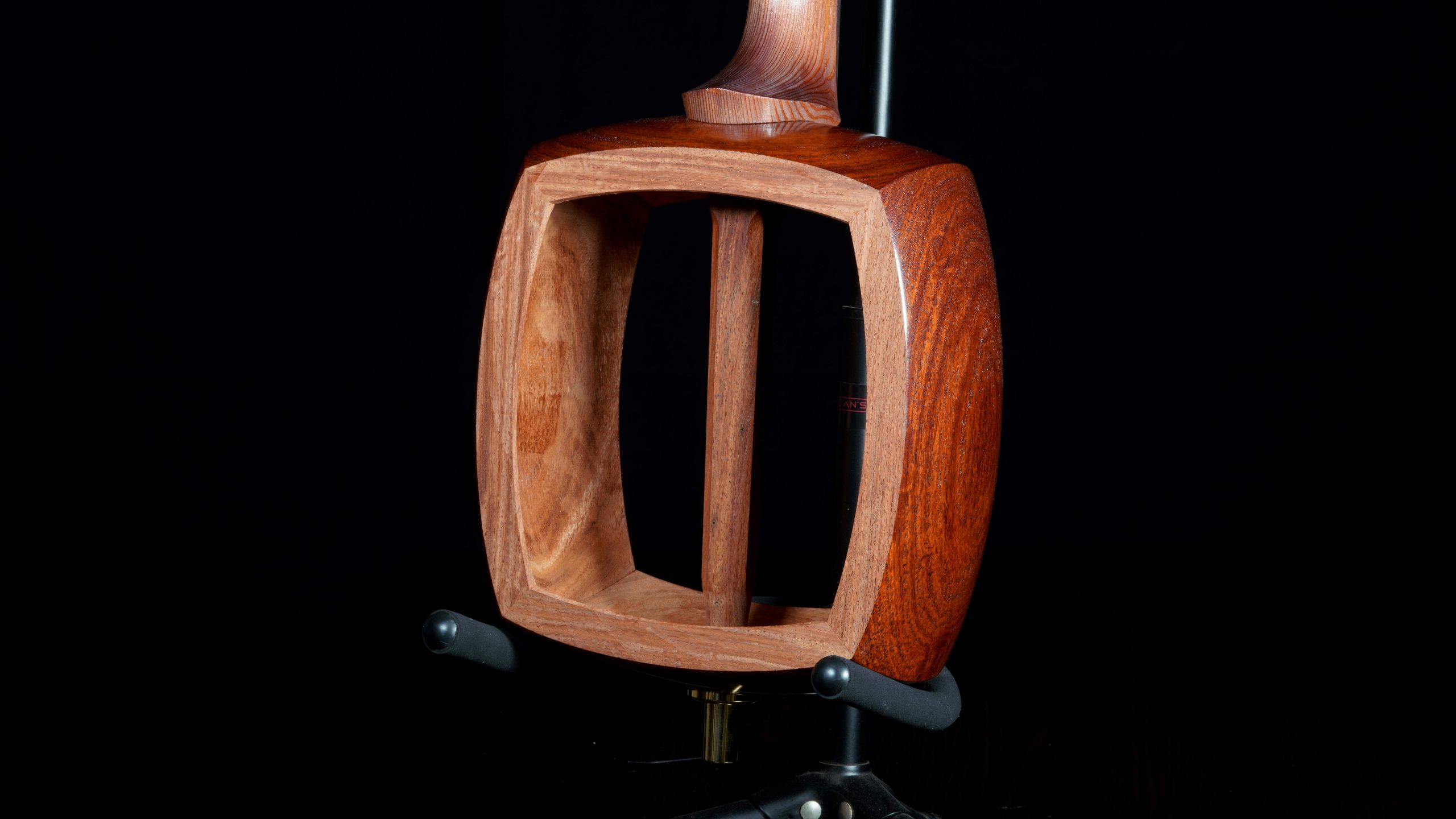
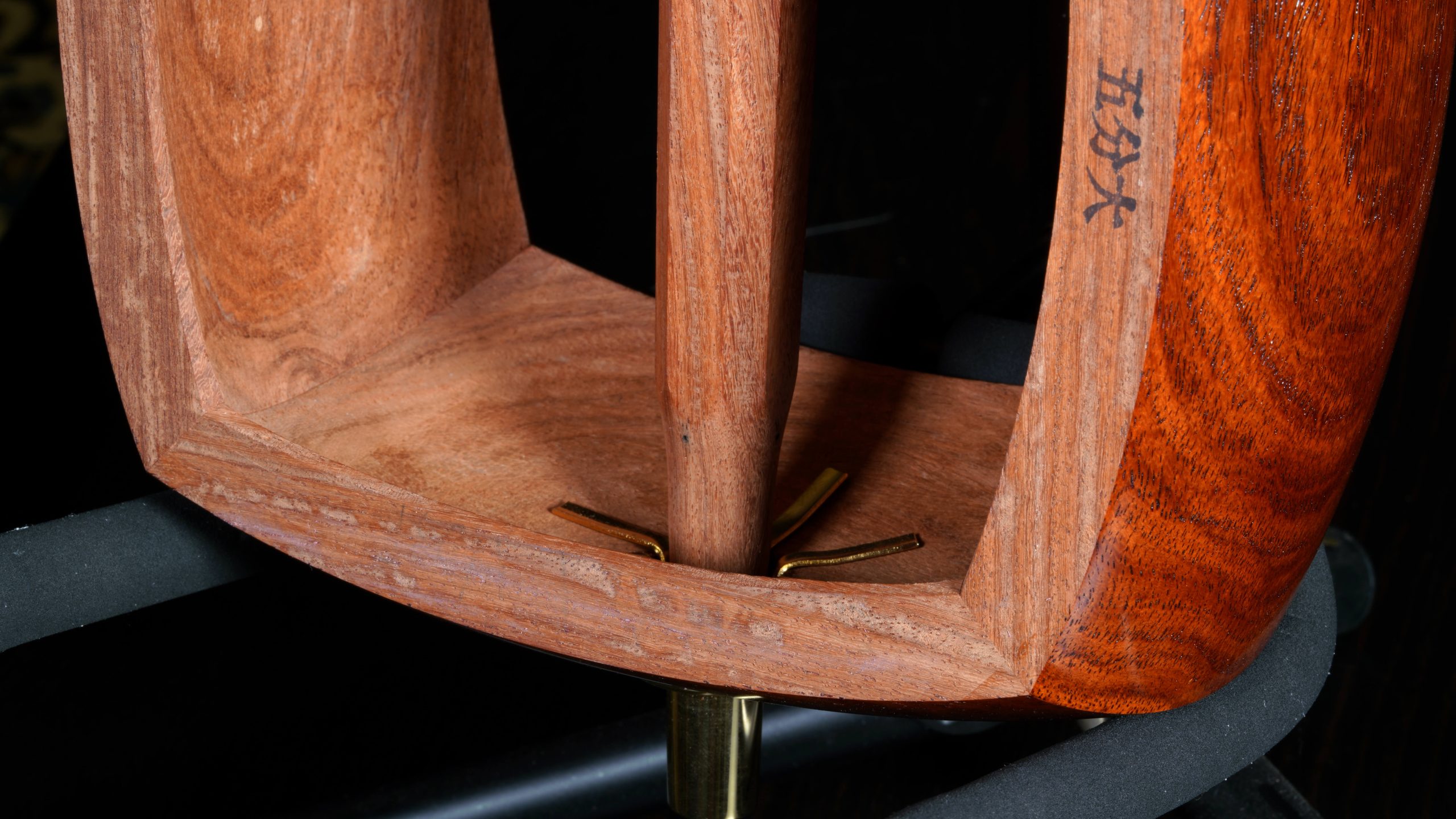
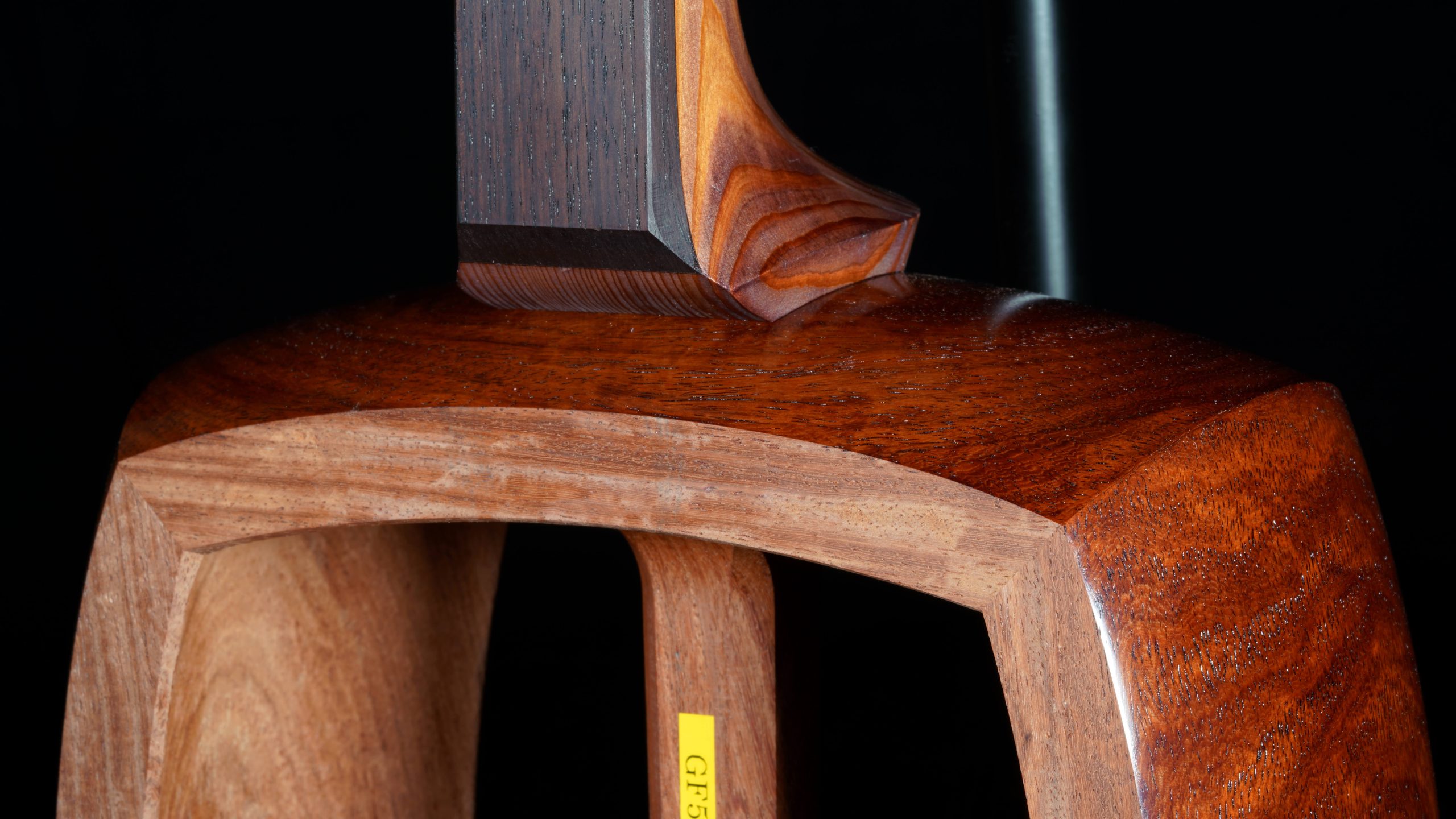
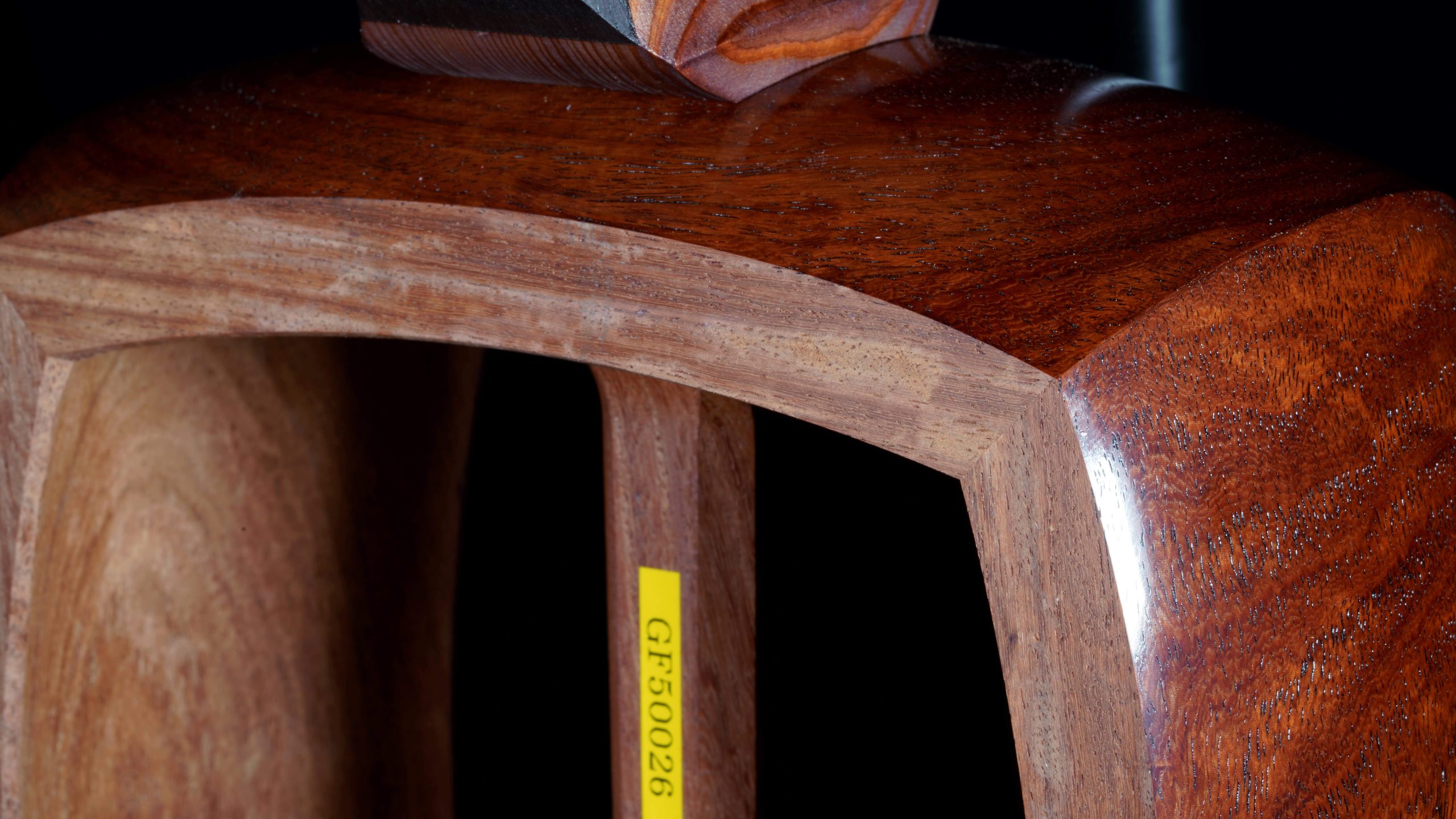
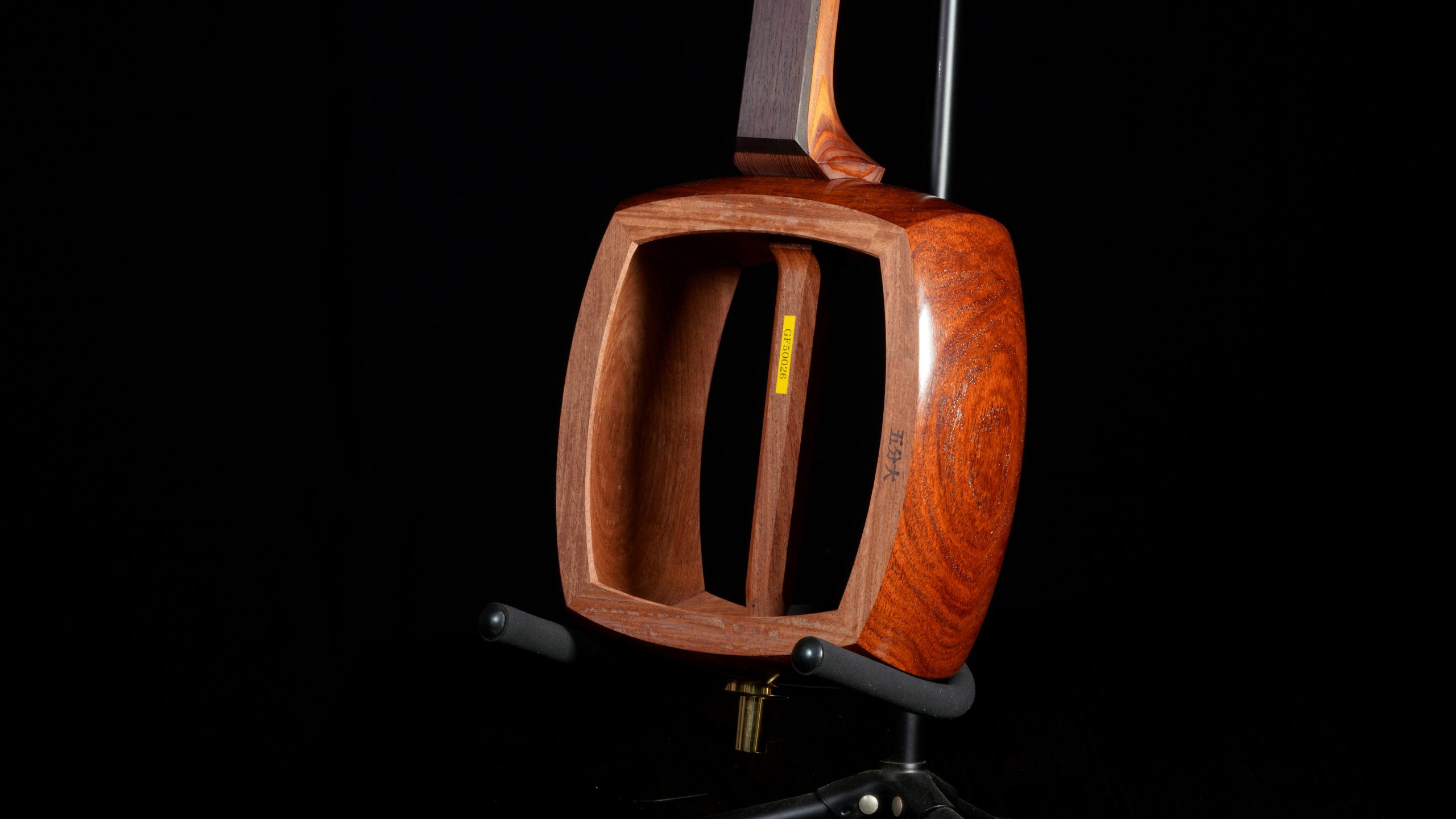
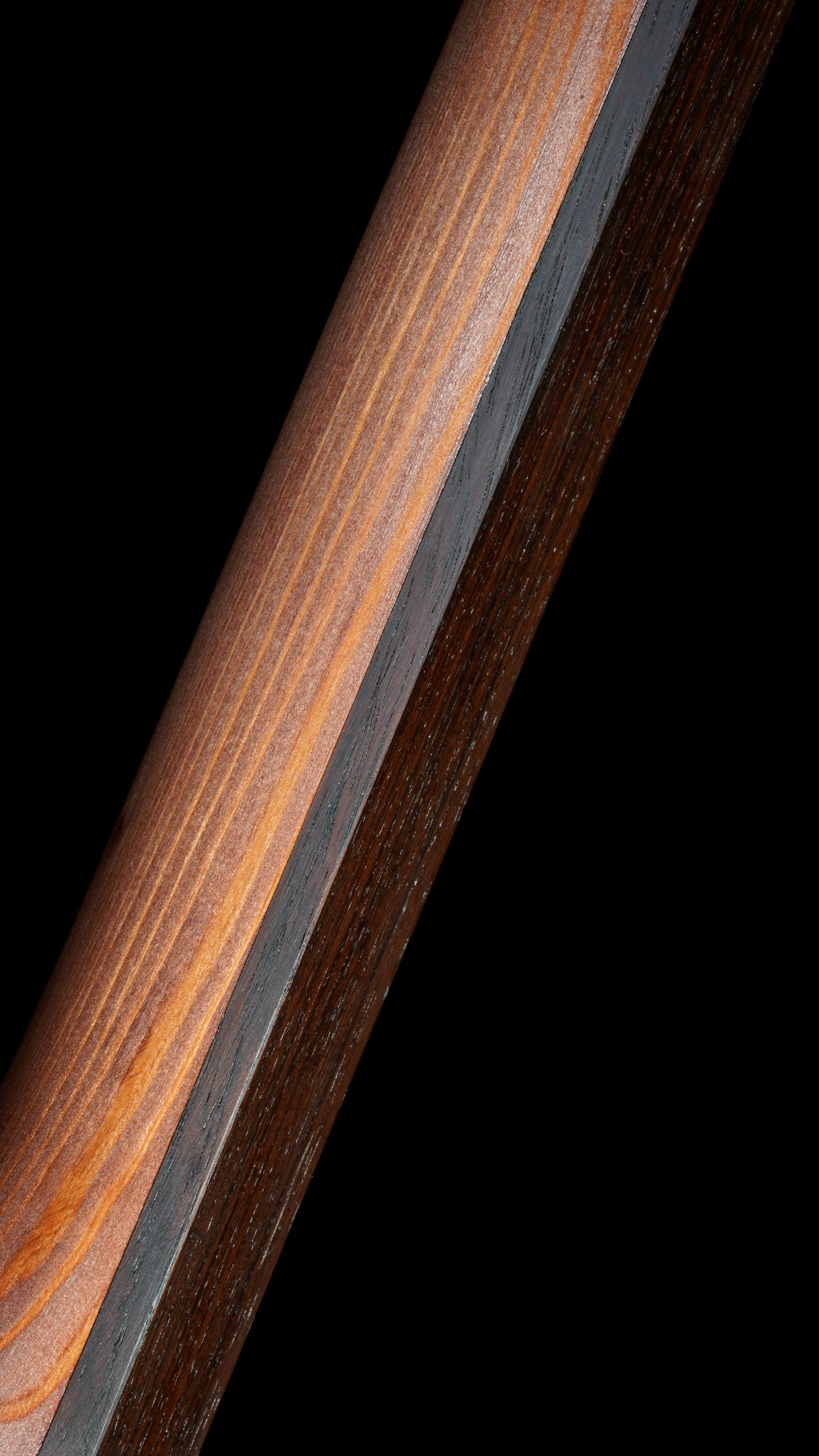
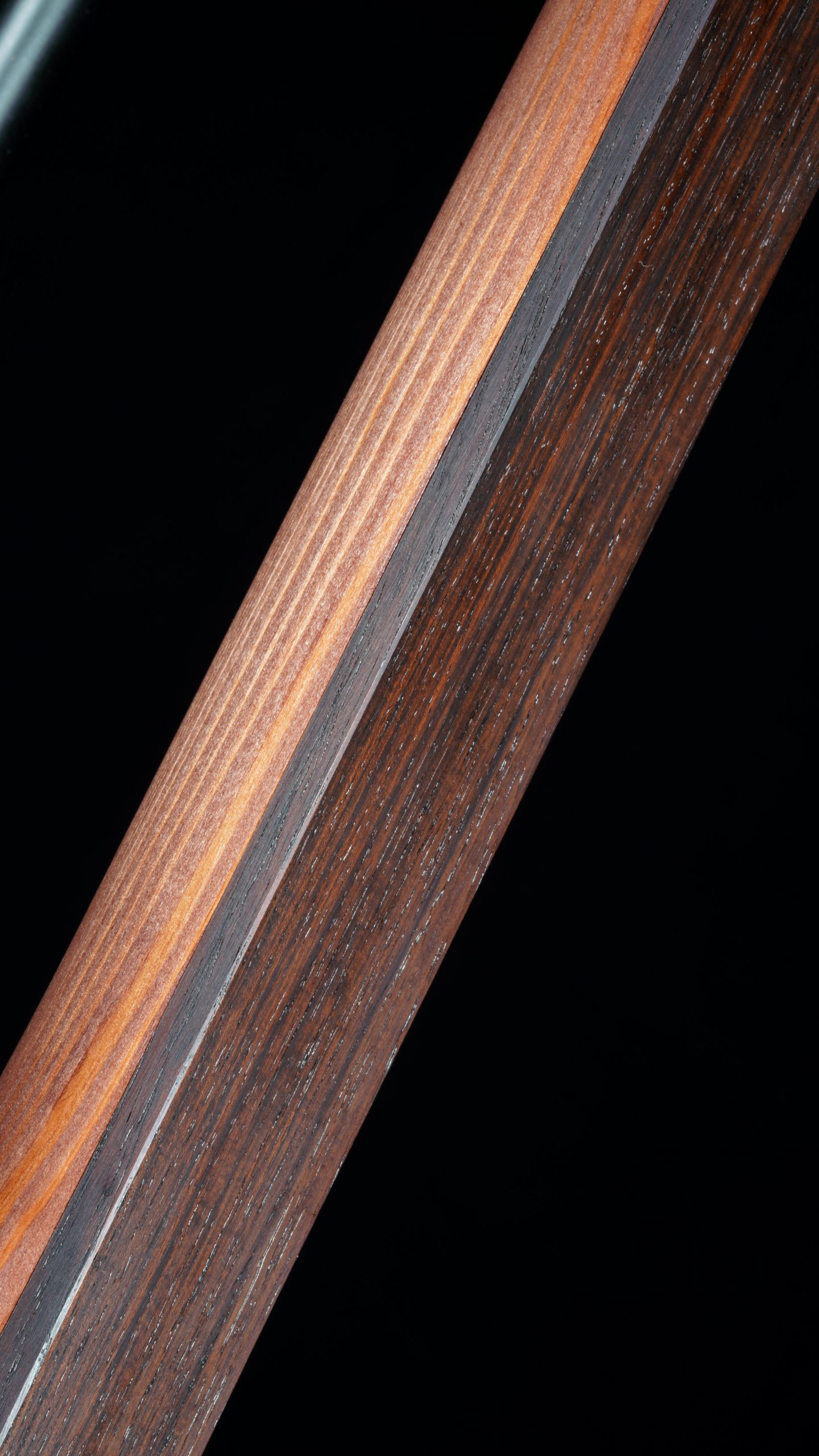
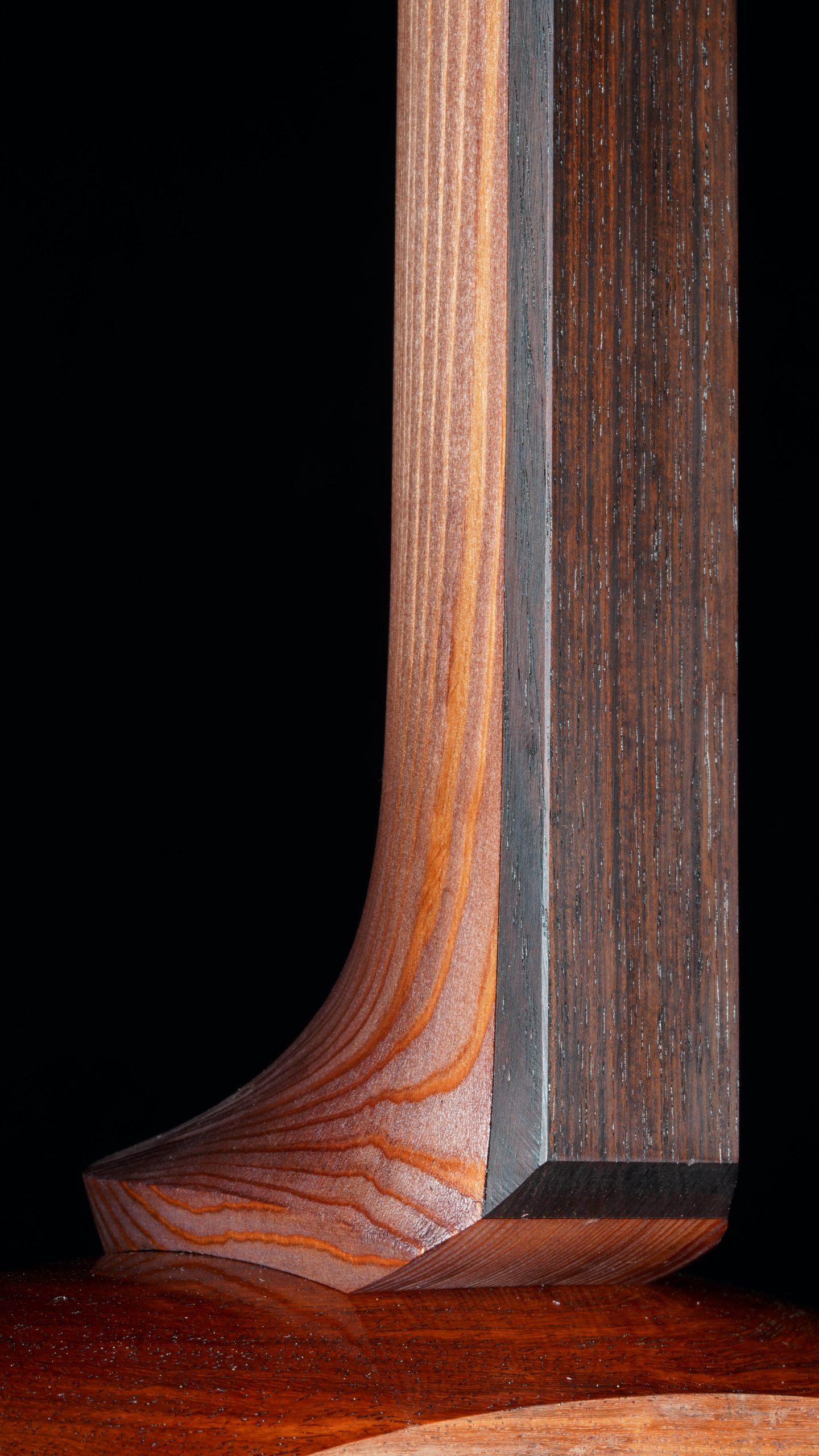
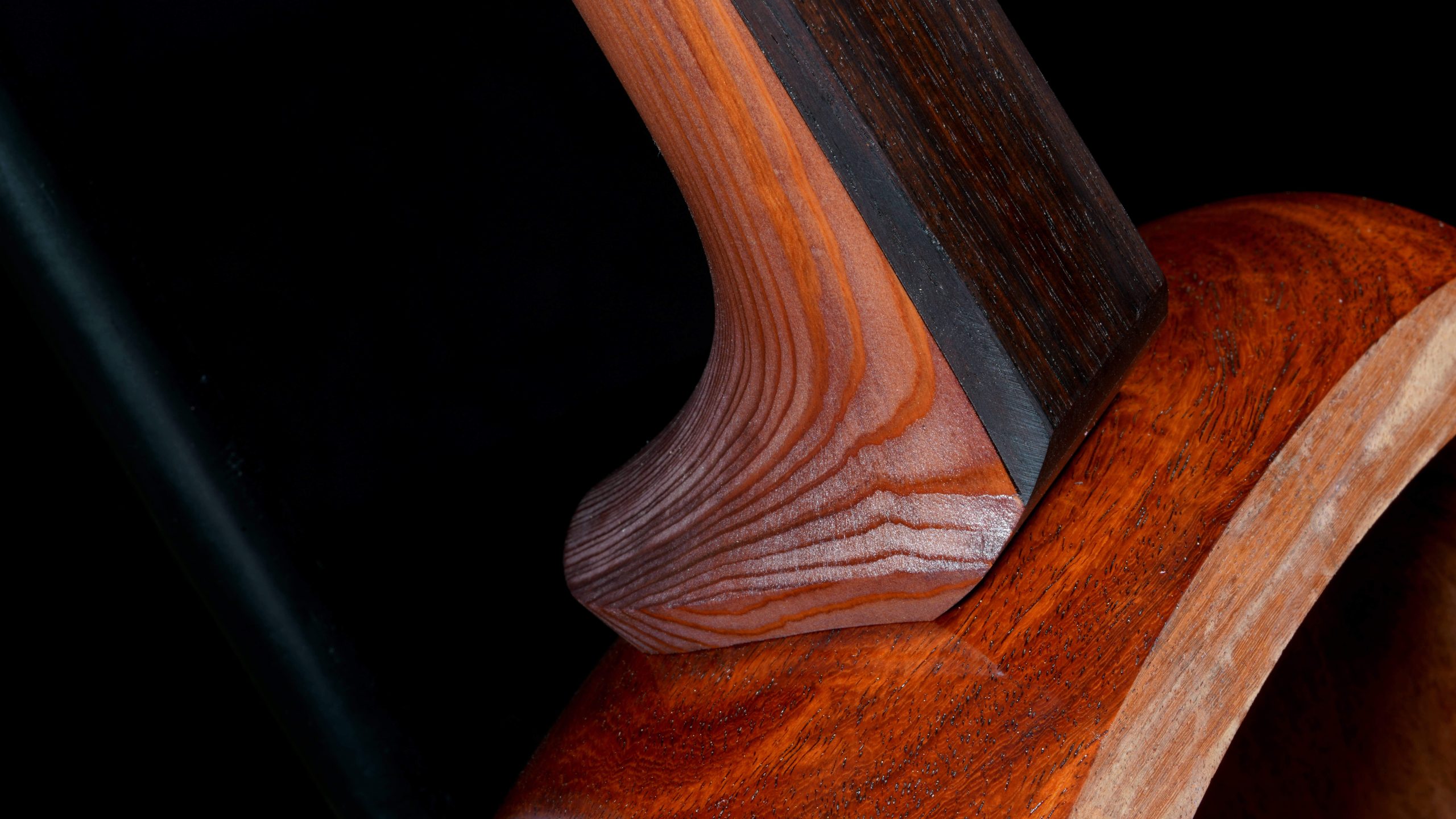
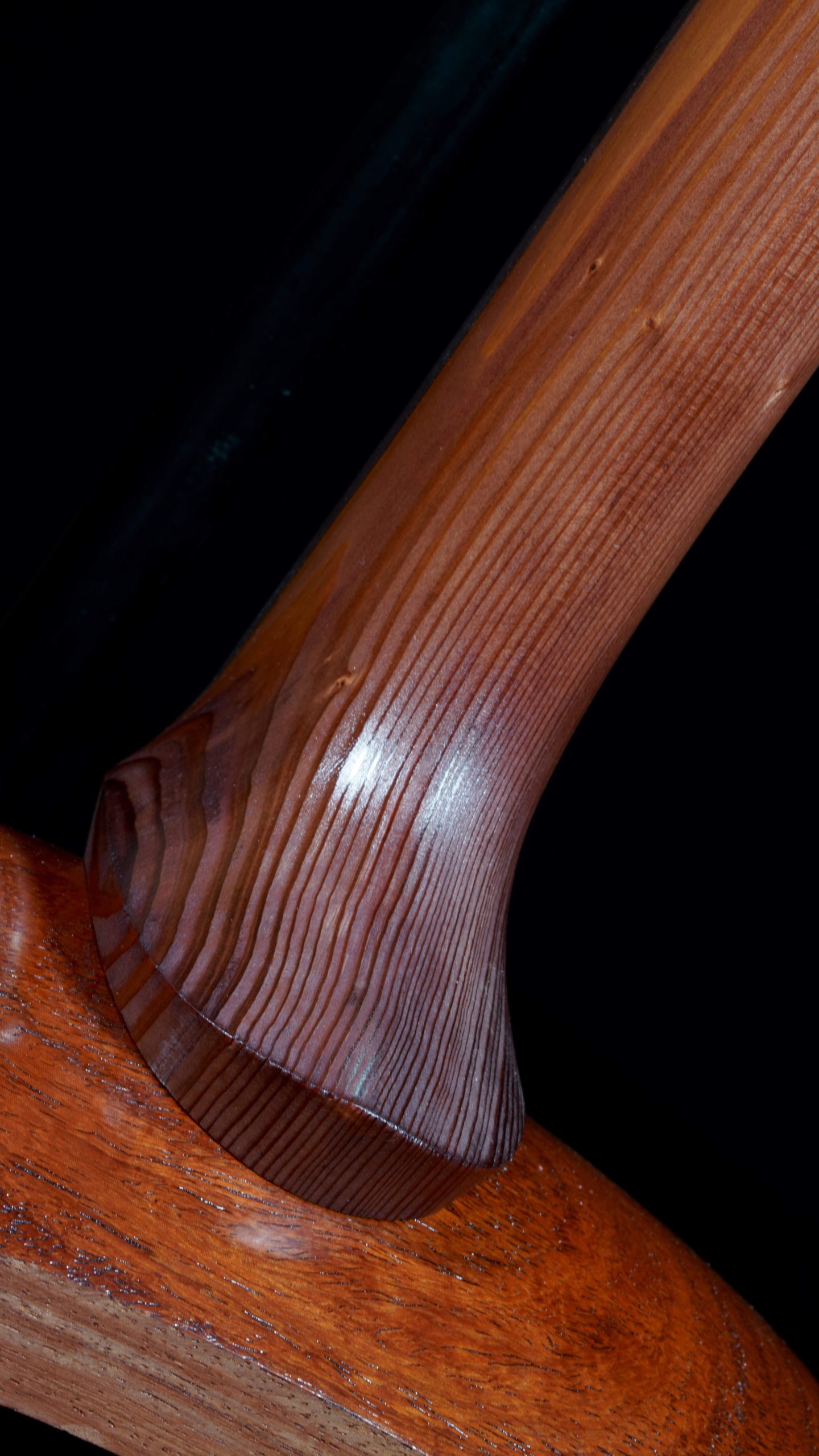
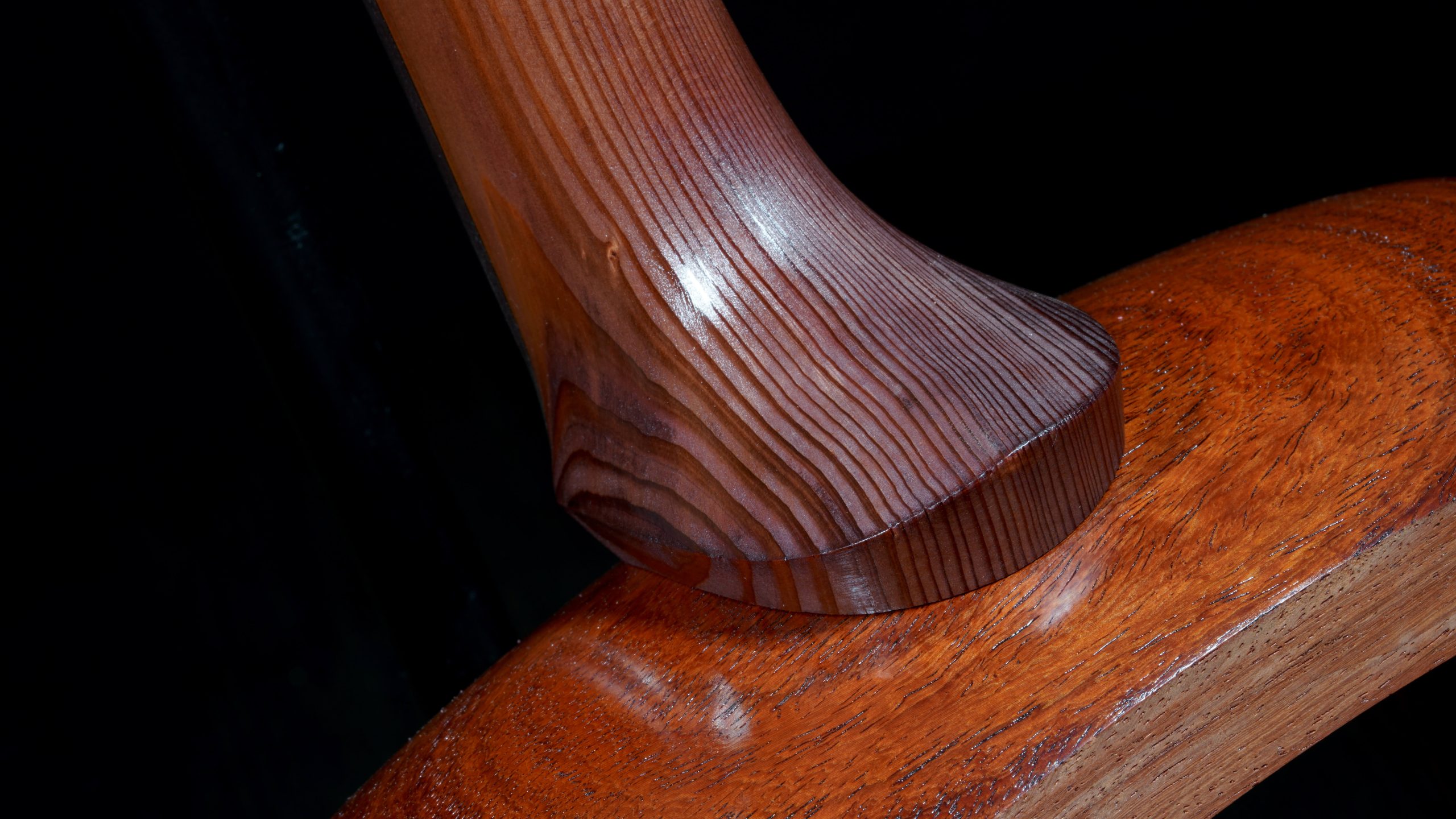
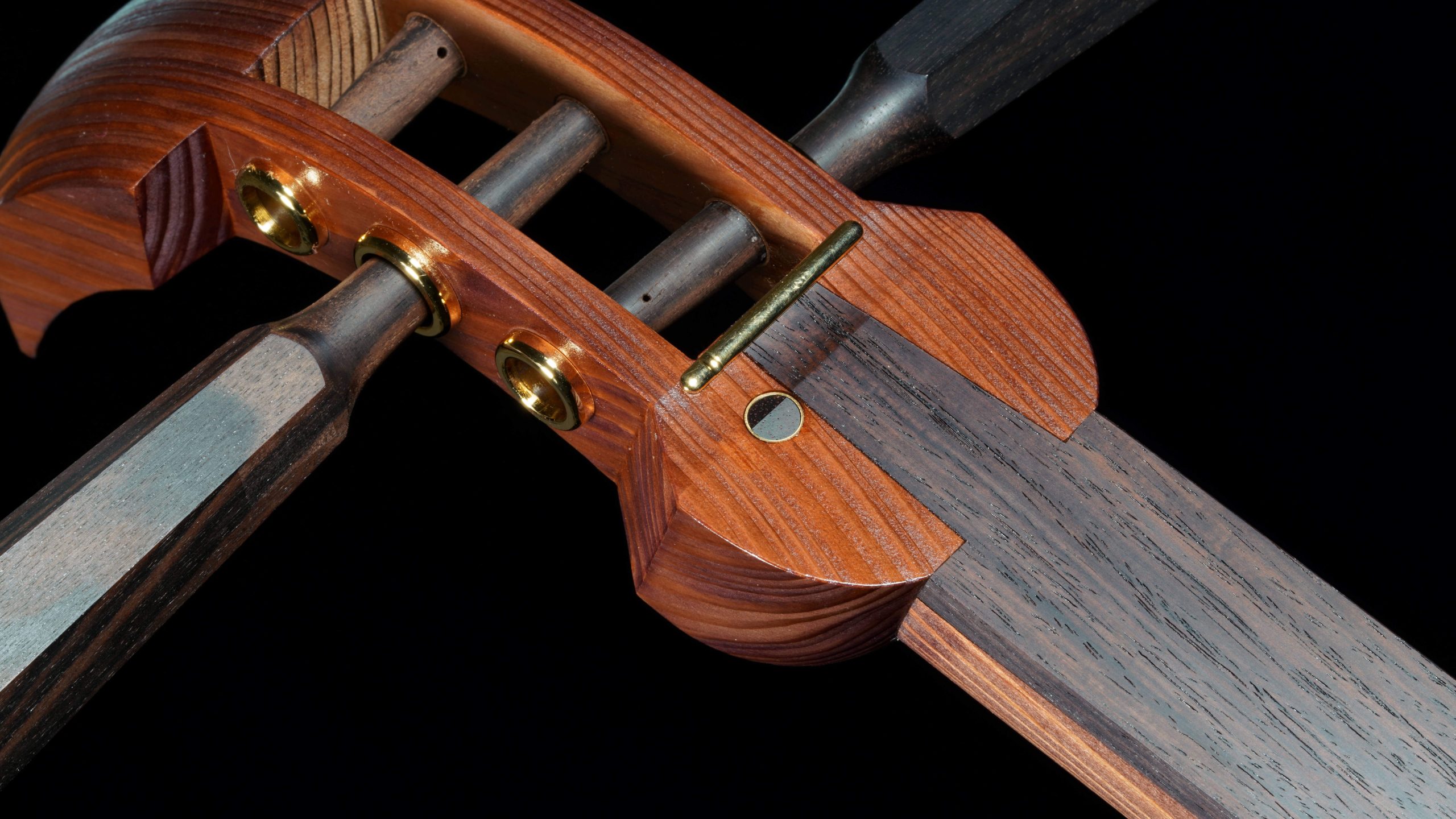
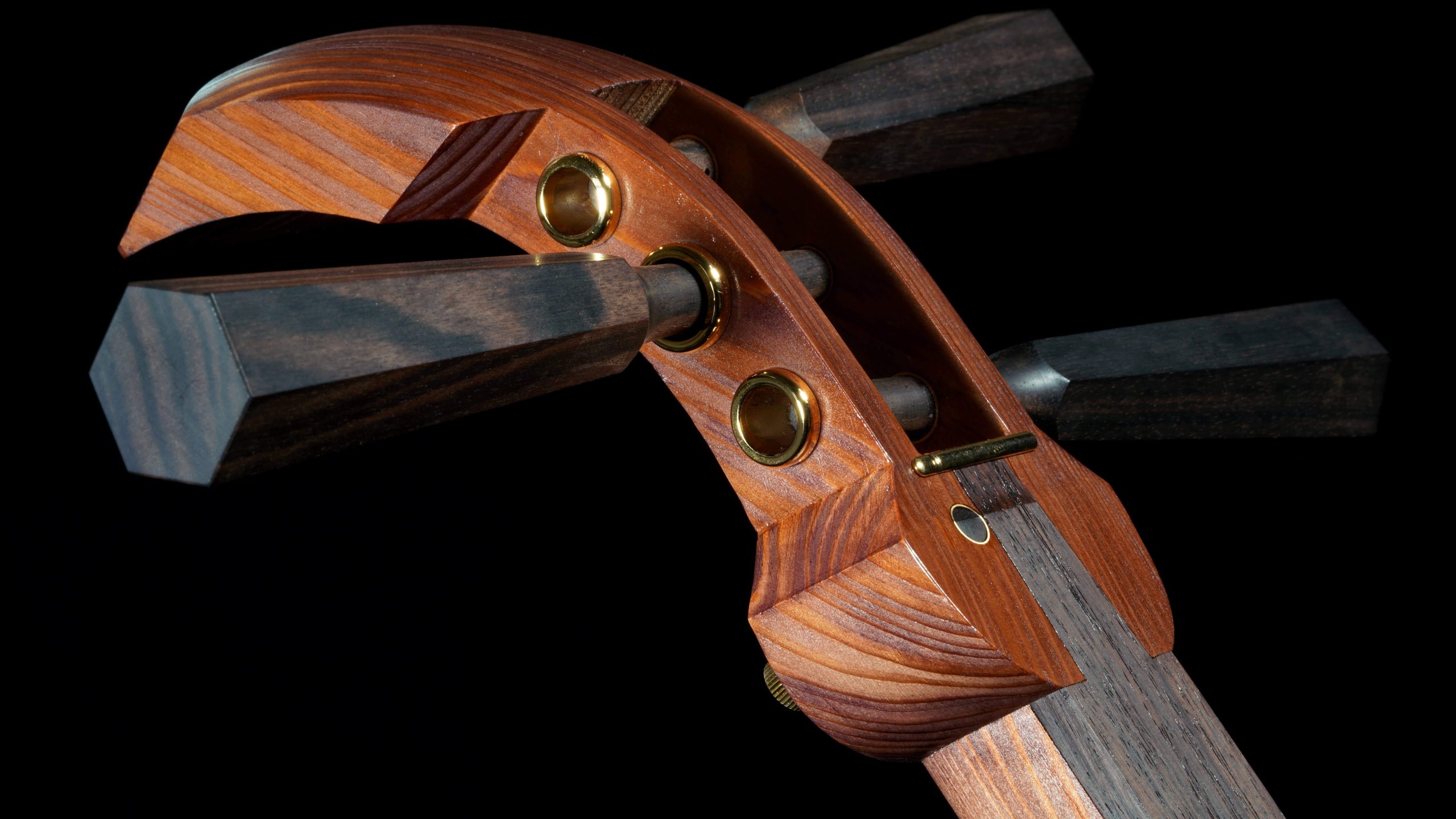
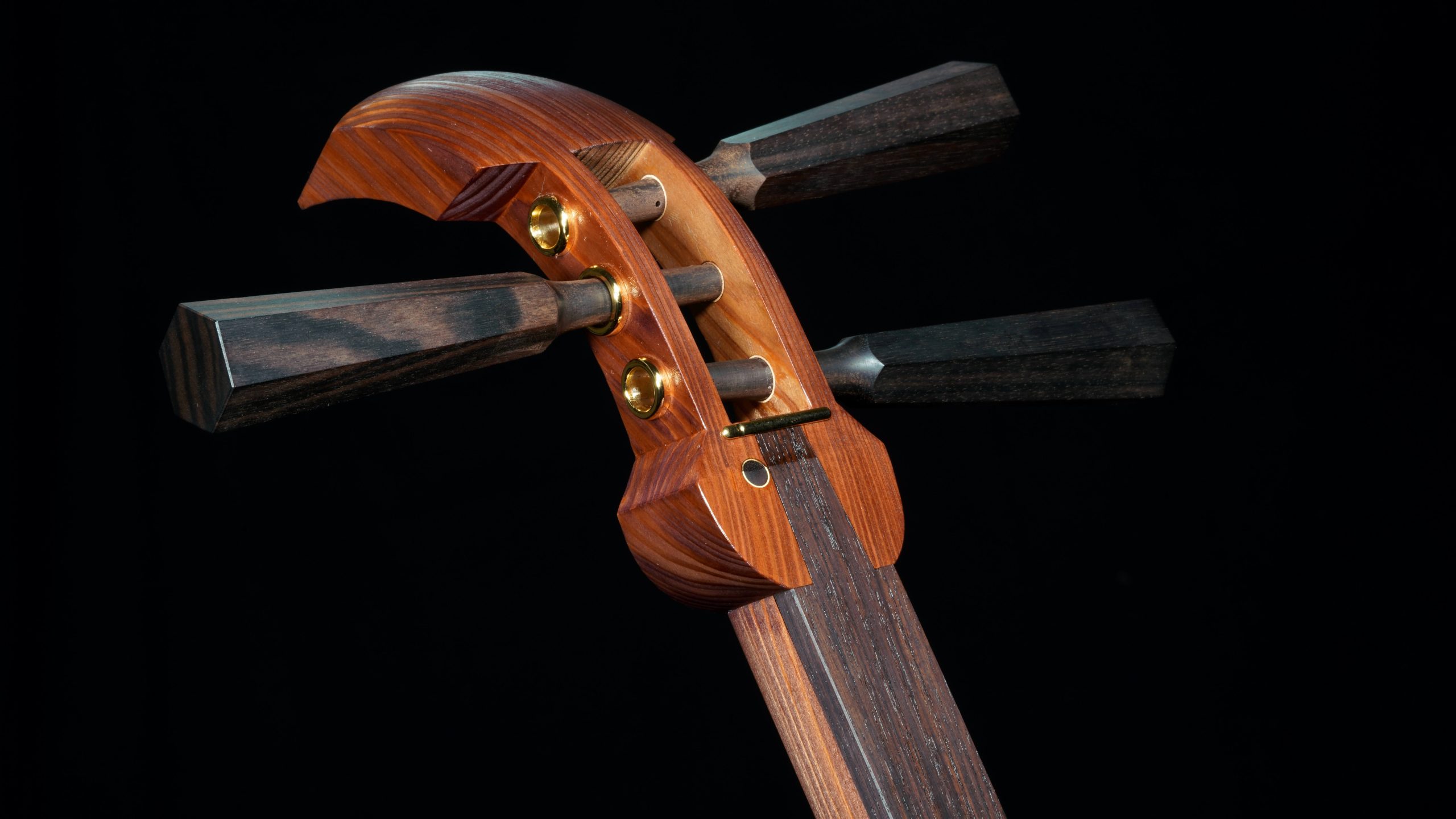
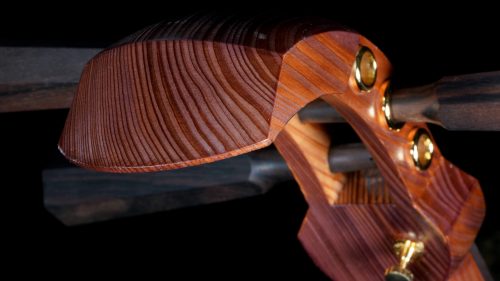


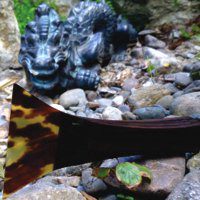
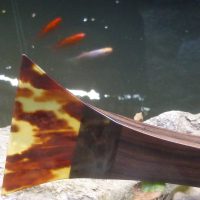
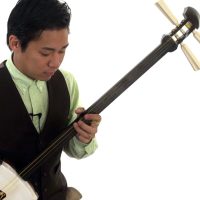
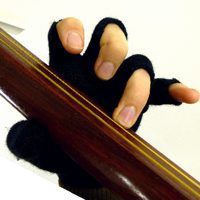
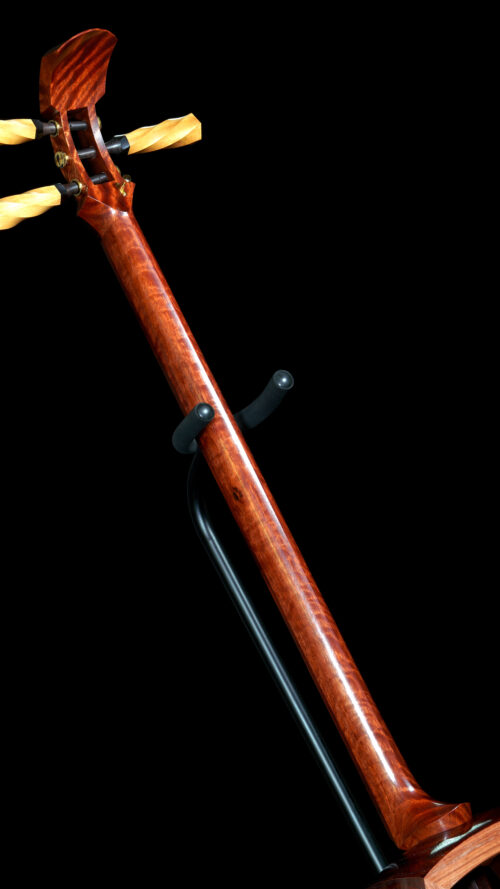
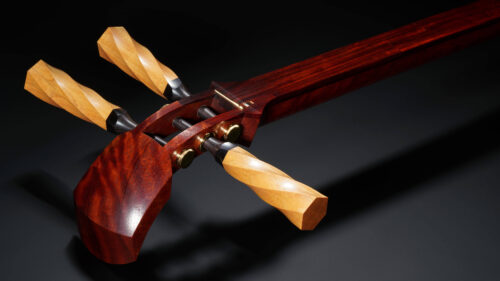
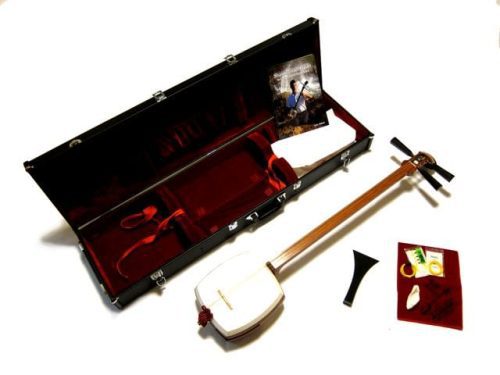
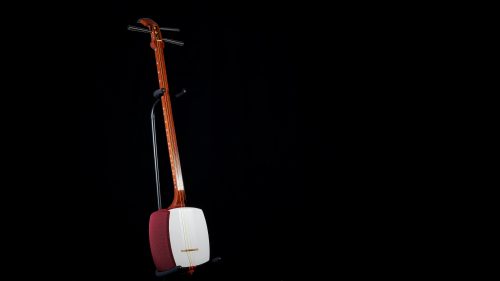
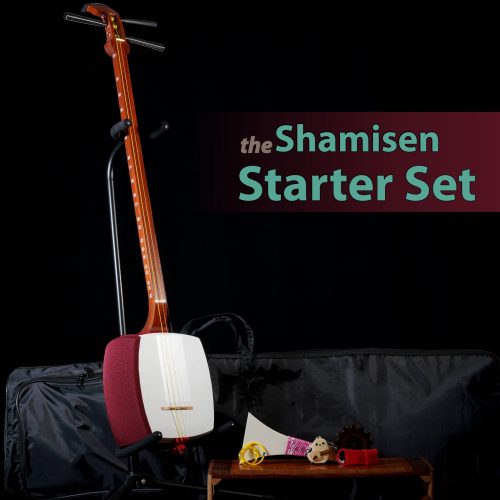
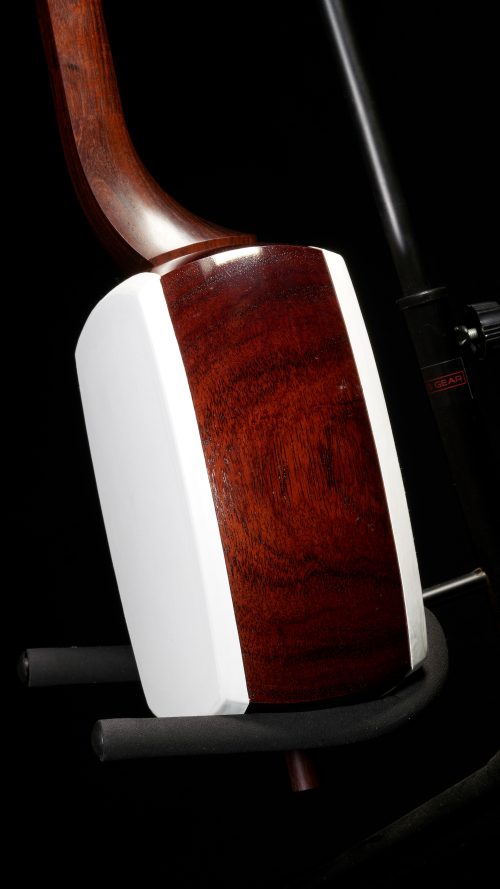
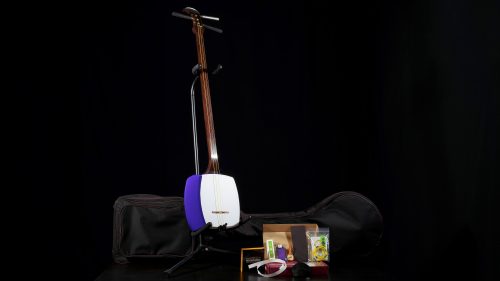
Reviews
There are no reviews yet.